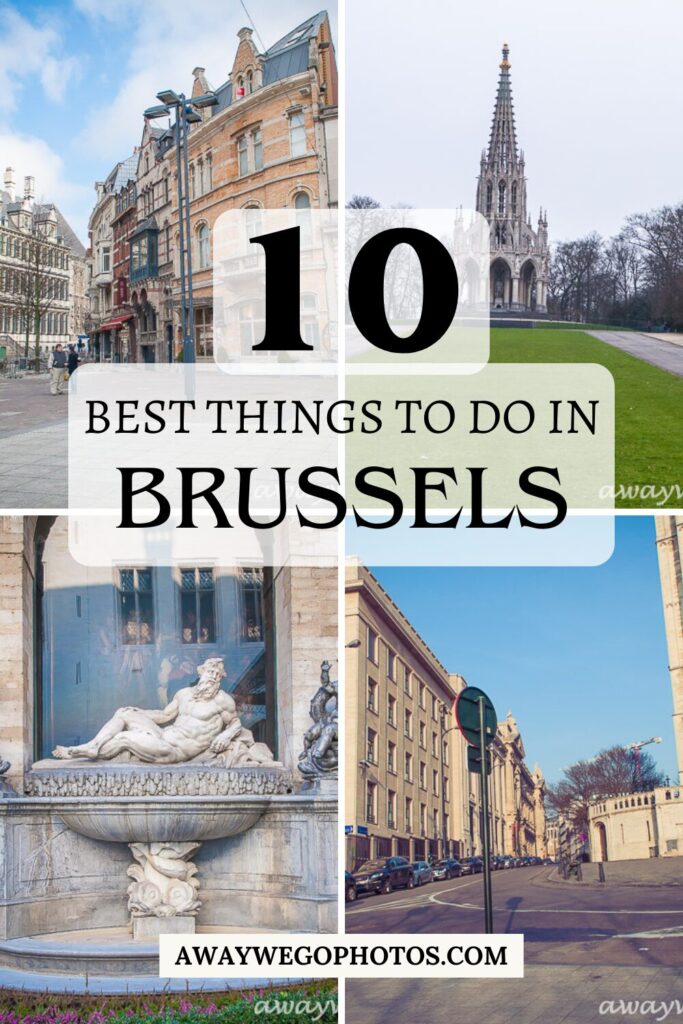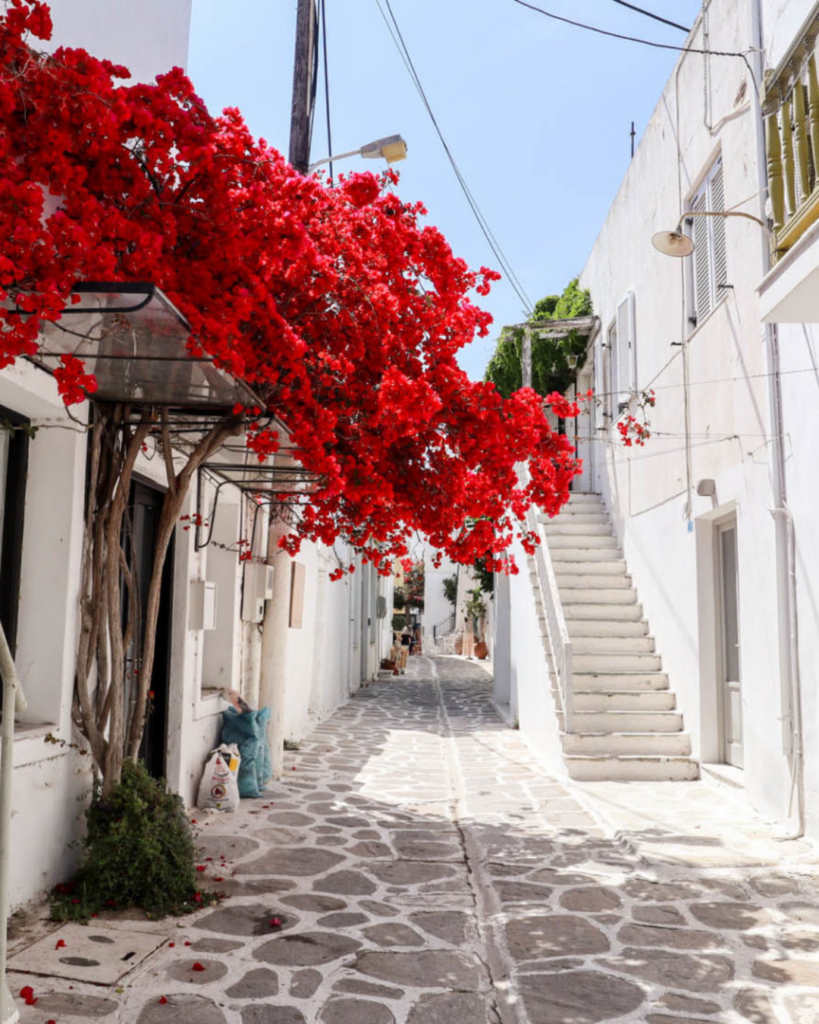Brussels, Belgium’s capital, epitomizes a blend of historical allure and modern dynamism. As the hub of the European Union, it wields global influence while showcasing architectural marvels like the Grand Place and the Atomium. Renowned for its culinary delights—from sumptuous chocolates to crispy waffles—and vibrant cultural scene, Brussels caters to every visitor.
Art aficionados explore its world-class museums, while shoppers revel in diverse shopping districts. With its rich heritage and international significance, Brussels captivates with a seamless fusion of tradition and innovation, making it a quintessential destination in Europe.
Note: I visited Brussels, Belgium, back in 2012!
Skip the complete guide and go right to Brussels photos
Where is Brussels, Belgium?
Brussels, Belgium, is located in Western Europe. It is situated in the central part of Belgium, approximately 50 kilometers (31 miles) south of Antwerp and about 110 kilometers (68 miles) north of Luxembourg City.
10 Key Facts about Brussels, Belgium
- Capital and EU Hub: Brussels is the capital city of Belgium and serves as the headquarters for major European Union institutions.
- Multilingual: Officially bilingual in French and Dutch, with English widely spoken.
- Grand Place: A UNESCO World Heritage site famous for its stunning architecture.
- EU Institutions: Hosts the European Commission, Council of the EU, and European Parliament.
- Art and Culture: Home to renowned museums like the Royal Museums of Fine Arts and the Magritte Museum.
- Comic Strip Capital: Celebrated for its comic book culture and the Belgian Comic Strip Center.
- Culinary Delights: Known for Belgian chocolates, waffles, and a diverse beer scene.
- Manneken Pis: Iconic statue symbolizing Brussels’ humor and folklore.
- Atomium: Unique structure representing an iron crystal, built for the 1958 World’s Fair.
- Festivals: Hosts events like the Brussels Summer Festival and Brussels Christmas Market, showcasing its vibrant cultural scene.
Best place to visit
1. Grand Place
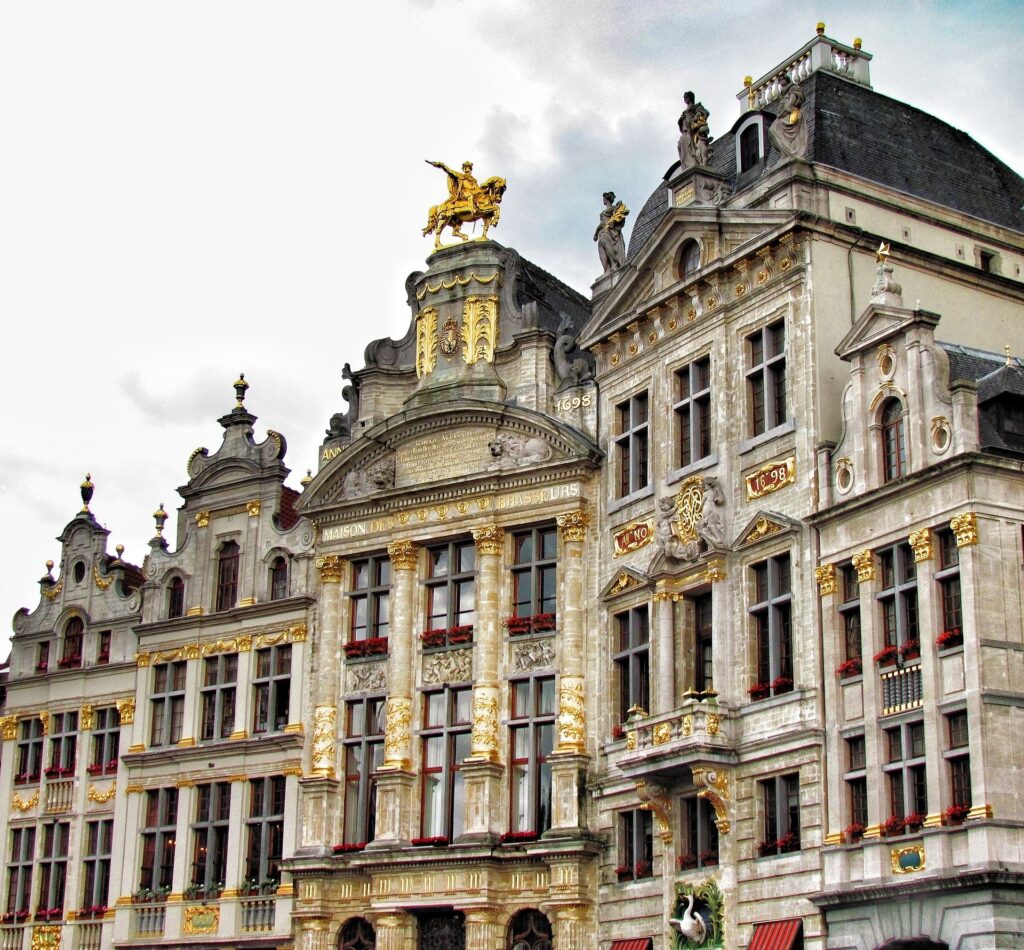
The Grand Place is the central square of Brussels, known for its stunning architecture and opulent guildhalls. It has been a focal point of the city’s life since the 11th century and is a UNESCO World Heritage site. The square is especially beautiful at night when the buildings are illuminated.
Visitors can enjoy various events here, including the famous Flower Carpet, which takes place every two years in August. The Grand Place is a must-visit for anyone interested in history, architecture, or simply soaking up the vibrant atmosphere of Brussels.
Location: Central Brussels
Hours: Open 24/7
Cost: Free
How to Get There: Easily accessible via Brussels Central Station or by walking from many central locations.
Check out: Best Things To Do in Hydra Island
2. Atomium
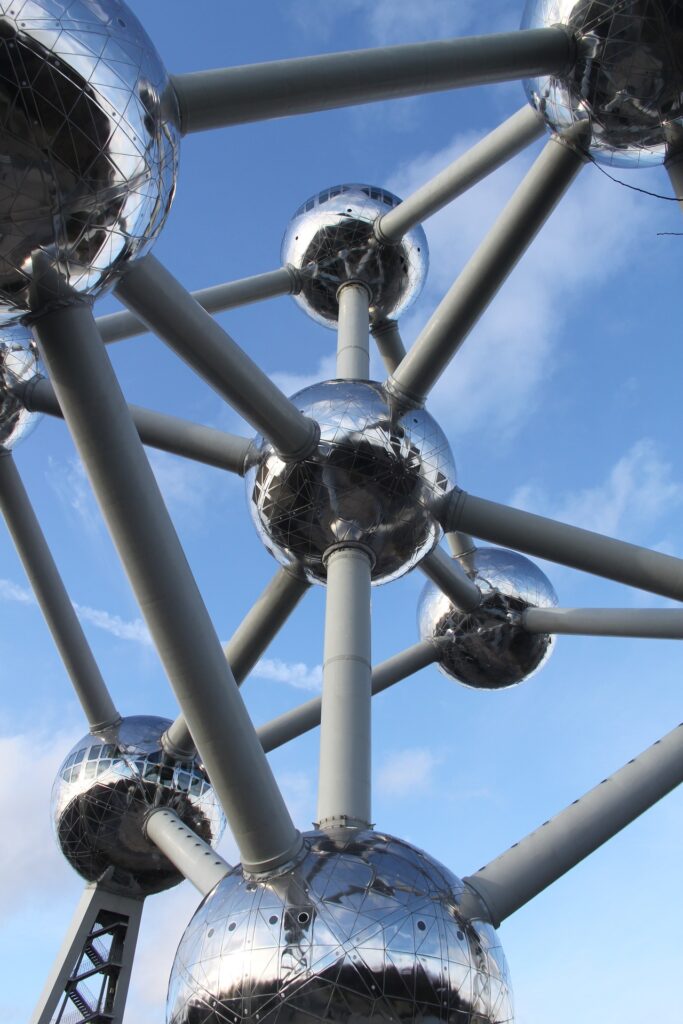
The Atomium is one of Brussels’ most iconic landmarks, originally built for the 1958 Brussels World Expo. This unique structure represents an iron crystal magnified 165 billion times.
Visitors can explore the spheres connected by tubes, which house exhibits on various scientific and cultural topics. The top sphere offers panoramic views of Brussels and its surroundings. The Atomium is not just a monument; it’s a museum and an art center, making it a fascinating stop for anyone interested in science, art, and design.
Location: Square de l’Atomium
Hours: 10:00 AM – 6:00 PM
Cost: €16 for adults, discounts for children and seniors
How to Get There: Take Metro Line 6 to Heysel/Heizel station.
Check out: Best Things To Do in Pompeii, Italy
3. Manneken Pis
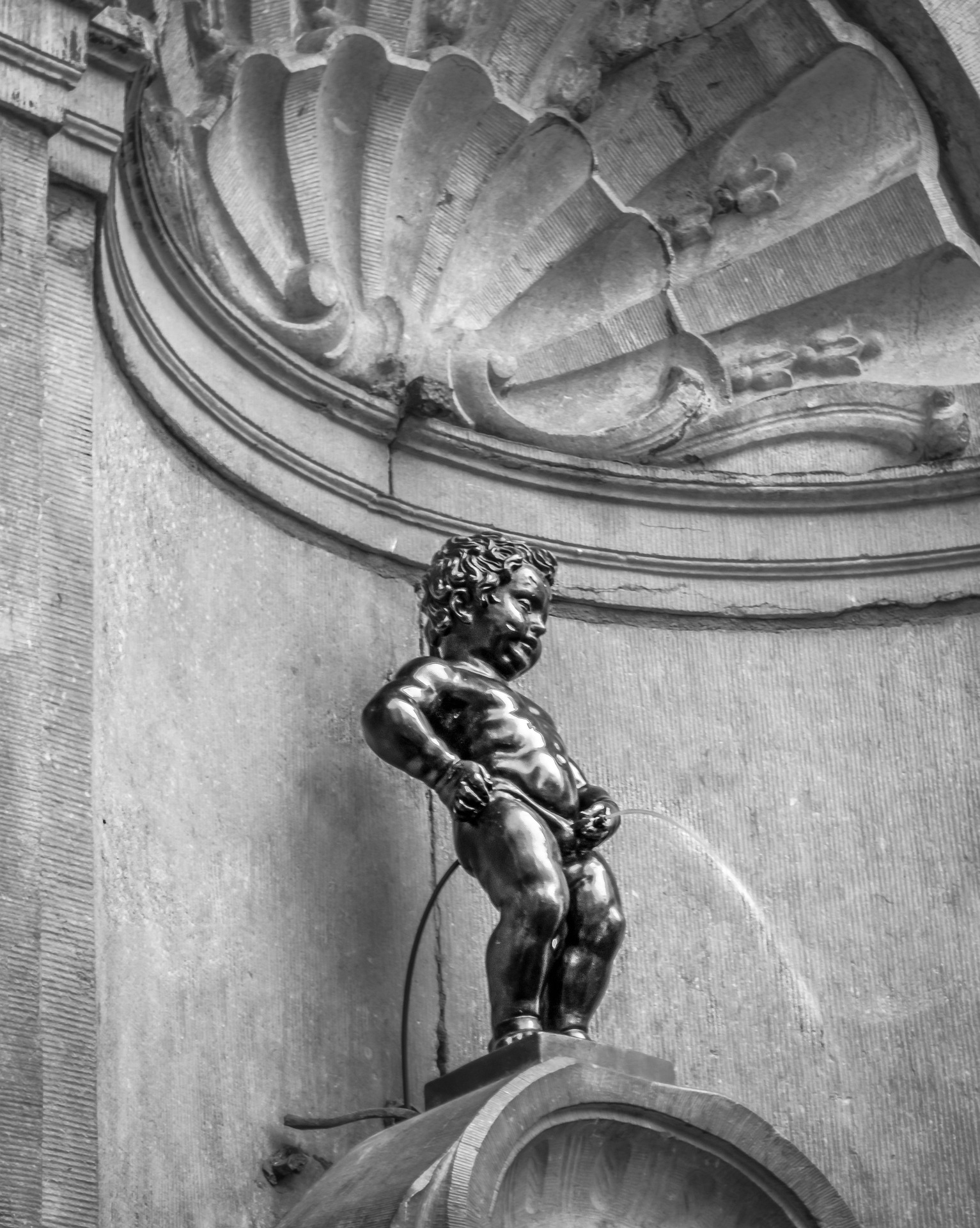
The Manneken Pis is a small bronze statue that has become a symbol of Brussels. This quirky landmark depicts a little boy urinating into a fountain and has various legends associated with it. Despite its small size, Manneken Pis attracts countless visitors who are charmed by its whimsical nature.
The statue is often dressed in different costumes, reflecting various cultural and festive occasions throughout the year. Located near the Grand Place, it’s an easy and delightful stop for anyone exploring the heart of Brussels.
Location: Corner of Rue de l’Étuve/Stoofstraat and Rue du Chêne/Eikstraat
Hours: Open 24/7
Cost: Free
How to Get There: Short walk from the Grand Place.
Check out: 10 Best Things To Do in Rome, Italy
4. Royal Palace of Brussels
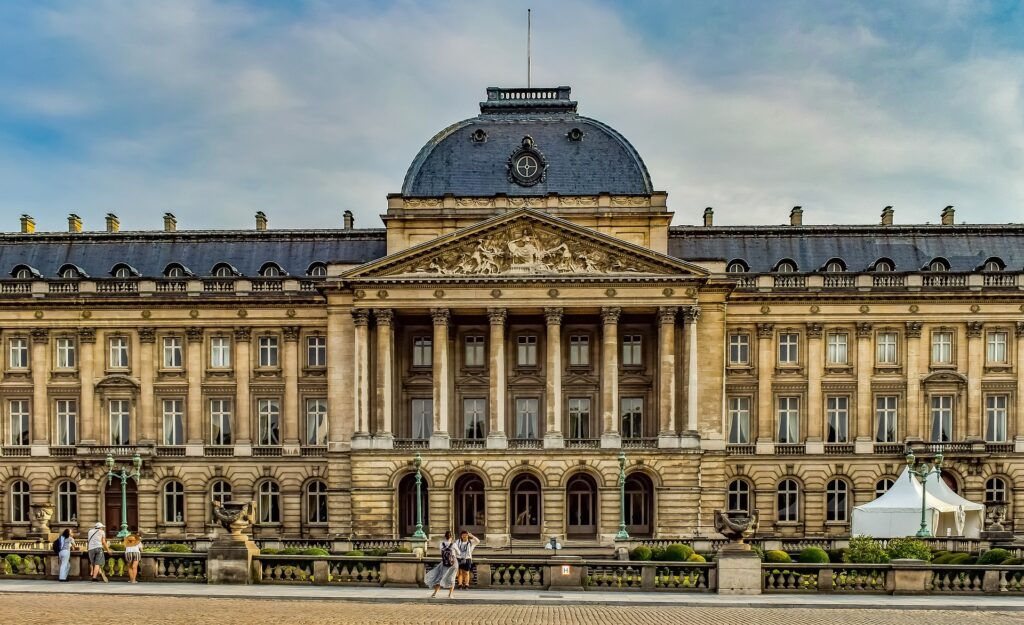
The Royal Palace of Brussels is the official residence of the Belgian royal family, though they do not live there. It is used for state occasions and official functions. The palace is open to the public during the summer months, offering a glimpse into the grandeur of Belgian royalty.
Visitors can explore the lavishly decorated rooms, magnificent art collections, and beautiful gardens. The Royal Palace is an excellent place to learn about Belgium’s royal history and enjoy a taste of regal splendor.
Location: Rue Brederode 16
Hours: 10:30 AM – 3:45 PM (only in summer)
Cost: Free
How to Get There: Accessible via the Brussels Central Station or by walking from the city center.
Check out: The Complete Guide to Amsterdam
5. Belgian Comic Strip Center
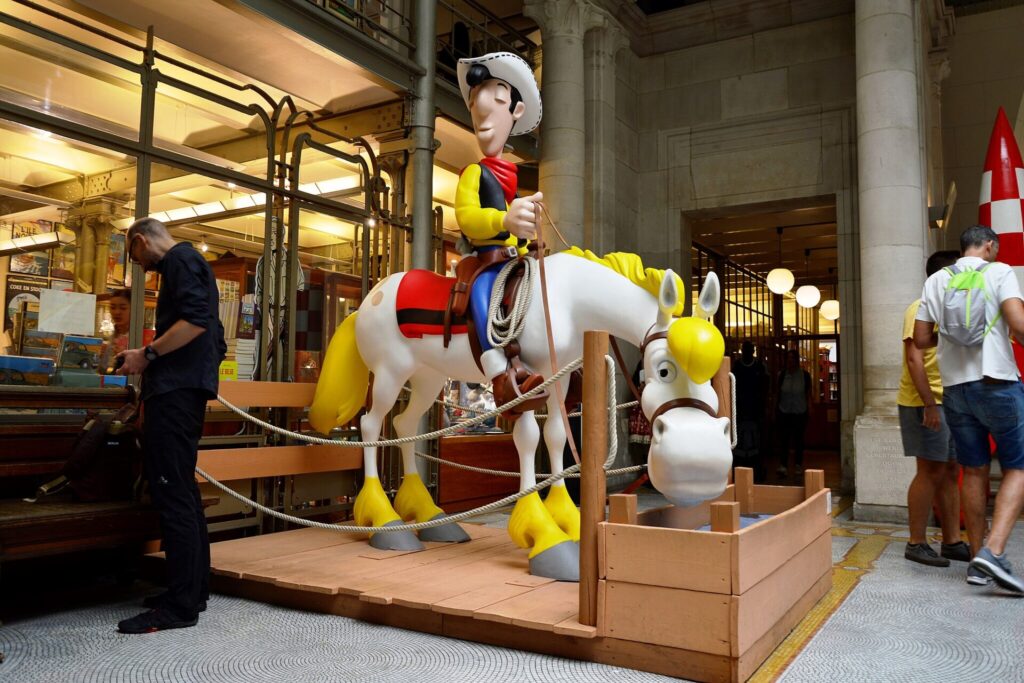
The Belgian Comic Strip Center celebrates the rich heritage of Belgian comics, featuring famous characters like Tintin, the Smurfs, and Lucky Luke. Housed in a beautiful Art Nouveau building designed by Victor Horta, the museum showcases the evolution of comic art in Belgium.
Exhibits include original artwork, interactive displays, and information on the creative process behind beloved comic series. The center is a must-visit for comic book enthusiasts and anyone interested in the unique cultural phenomenon of Belgian comics.
Location: Rue des Sables 20
Hours: 10:00 AM – 6:00 PM
Cost: €10 for adults, discounts for children and students
How to Get There: Near the De Brouckère Metro station.
Check out: Christmas Market in Dresden, Germany
6. Belgian chocolate and waffles
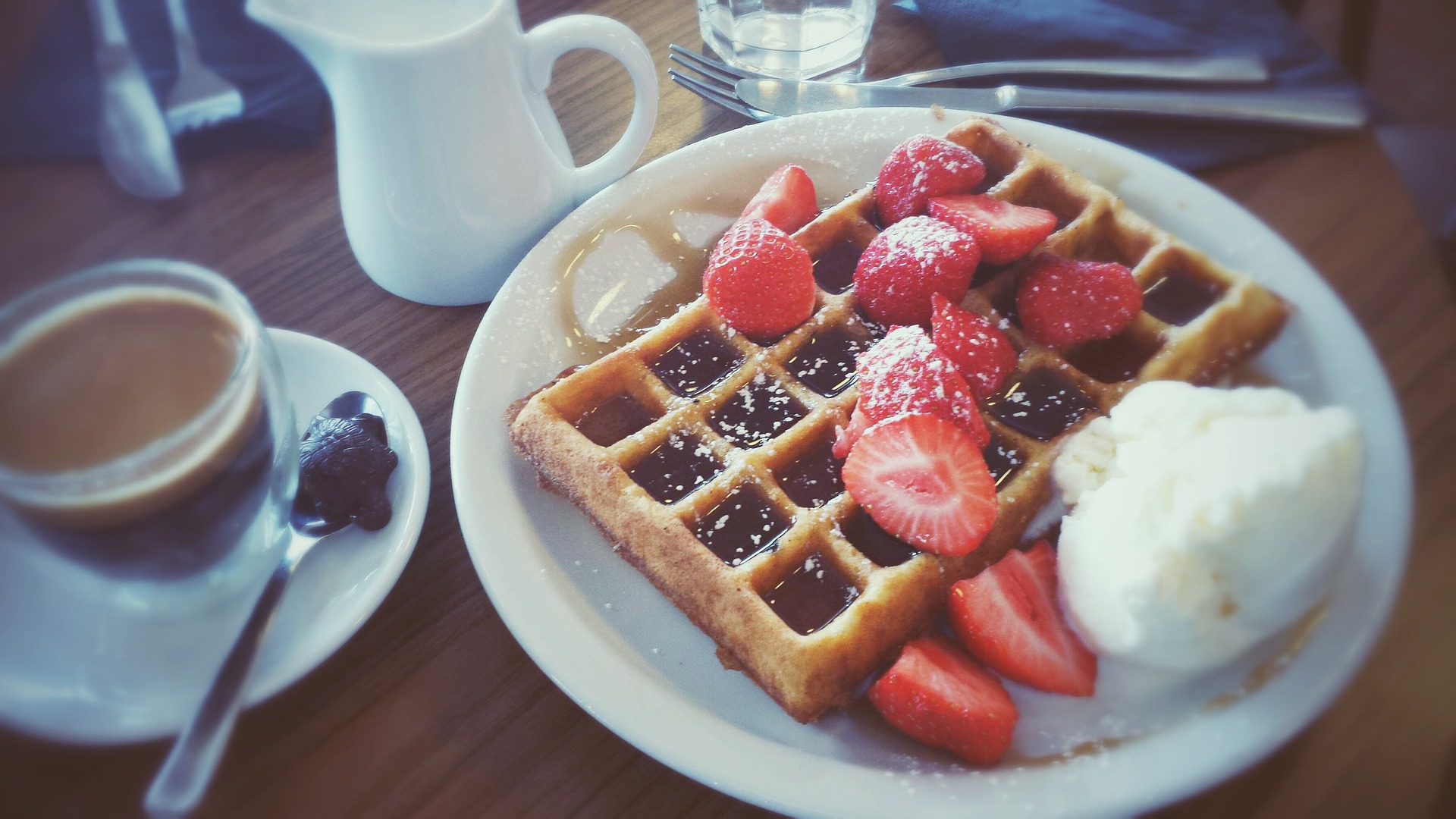
Brussels is world-renowned for its Belgian chocolate and waffles. The city boasts numerous chocolate shops where visitors can taste and purchase exquisite chocolates made by master chocolatiers. Waffles, another Belgian specialty, come in two main varieties:
Brussels waffles, which are light and crispy, and Liège waffles, which are dense and sweet. Sampling these delicious treats is a quintessential part of the Brussels experience. Many shops and cafes offer freshly made waffles topped with various sweet delights.
Location: Various locations around the city
Hours: Varies by shop
Cost: Varies
How to Get There: Easily found throughout central Brussels.
Check out: Best Things To Do in Nuremberg, Germany
7. St. Michael and St. Gudula Cathedral

The St. Michael and St. Gudula Cathedral is a magnificent Gothic cathedral located in the heart of Brussels. It features stunning architecture, intricate stained glass windows, and a rich history dating back to the 9th century. The cathedral is named after the patron saints of Brussels, St. Michael and St. Gudula.
It serves as the co-cathedral of the Archdiocese of Mechelen-Brussels and hosts important religious events and ceremonies. Visitors can explore its beautiful interior and learn about its historical significance.
Location: Place Sainte-Gudule
Hours: 7:00 AM – 6:00 PM
Cost: Free
How to Get There: Close to the Central Station.
Check out: Munich Toy Museum: Journey into Vintage Wonders!
8. European Parliament
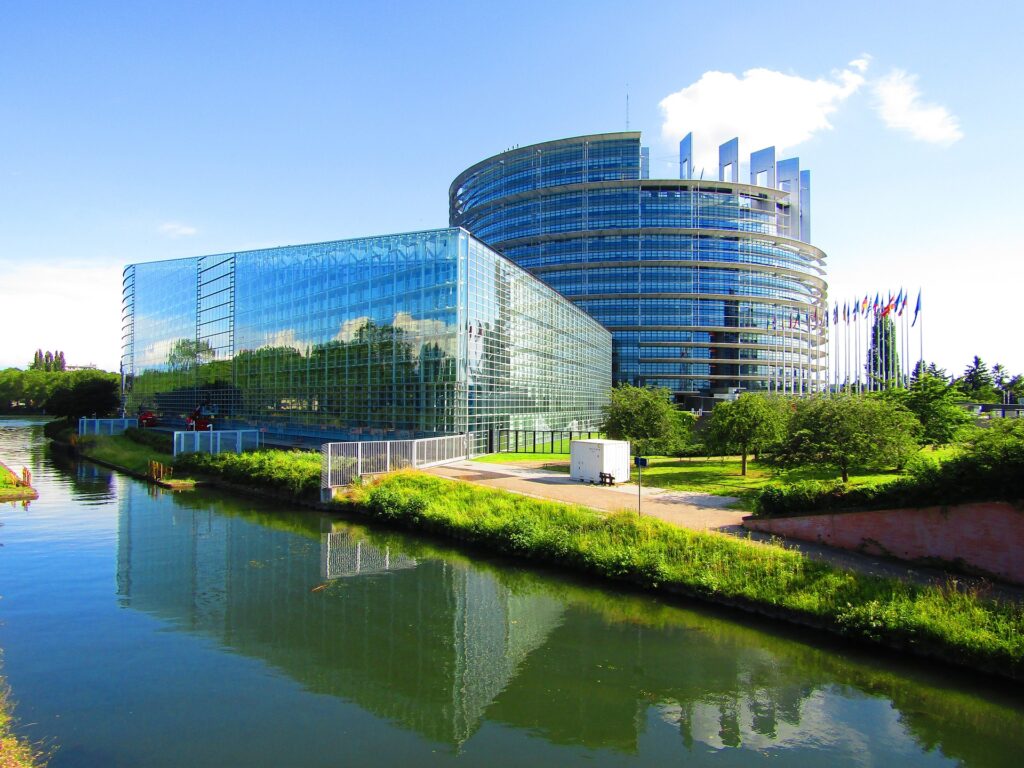
The European Parliament in Brussels is one of the key institutions of the European Union. Visitors can tour the Parlamentarium, the interactive visitor center, which offers insights into the functioning and history of the EU.
The European Parliament building itself is an impressive architectural feat, with modern design and state-of-the-art facilities. Free guided tours are available, providing a unique opportunity to learn about European politics and the role of the Parliament. It’s an enlightening experience for anyone interested in European affairs.
Location: Rue Wiertz 60
Hours: 9:00 AM – 6:00 PM (Mon-Thurs), 9:00 AM – 4:00 PM (Fri)
Cost: Free
How to Get There: Schuman or Luxembourg Metro stations.
Check out: Best Things To Do in Munich
9. Magritte Museum
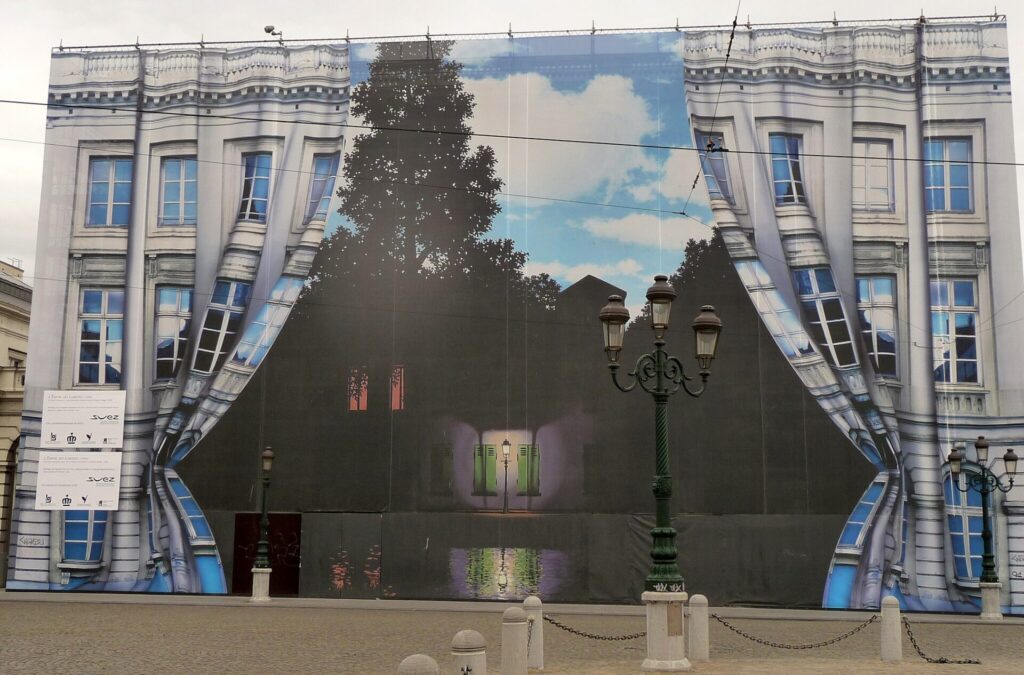
The Magritte Museum is dedicated to the works of René Magritte, one of the most famous surrealist artists. Located in the heart of Brussels, the museum houses an extensive collection of Magritte’s paintings, drawings, and sculptures. The exhibits explore Magritte’s life and his significant contributions to the art world.
Visitors can immerse themselves in the surreal and thought-provoking world of Magritte’s art. The museum is a must-visit for art lovers and those interested in surrealism.
Location: Place Royale 1
Hours: 10:00 AM – 5:00 PM (Tues-Sun)
Cost: €10 for adults, discounts for students and seniors
How to Get There: Near the Central Station and tram lines.
Check out: Christmas Market in Prague
10. Cinquantenaire Park
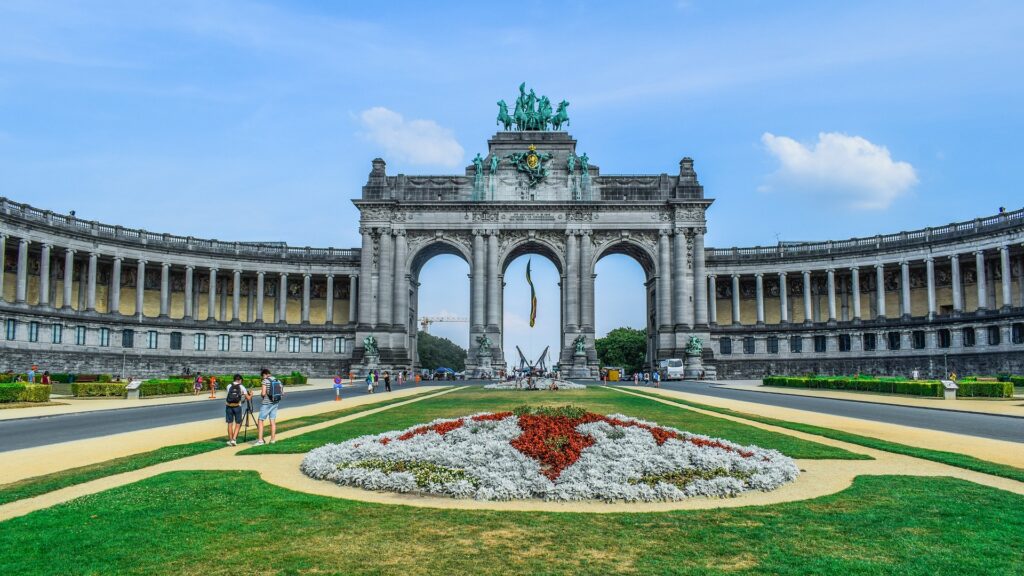
The Cinquantenaire Park is a vast public park in Brussels, known for its beautiful gardens, impressive arch, and several museums. It was built to commemorate the 50th anniversary of Belgian independence. The park is a perfect place to relax, have a picnic, or take a leisurely stroll.
Visitors can also explore the Royal Museum of the Armed Forces and Military History, the Autoworld car museum, and the Art & History Museum, all located within the park. Cinquantenaire Park offers a peaceful retreat and cultural enrichment in the heart of the city.
Location: Avenue de la Joyeuse Entrée
Hours: Open 24/7
Cost: Free
How to Get There: Take Metro Line 1 or 5 to Merode or Schuman station..
Check out: Best Things To Do in Athens
My photos of Brussels
The Atomium
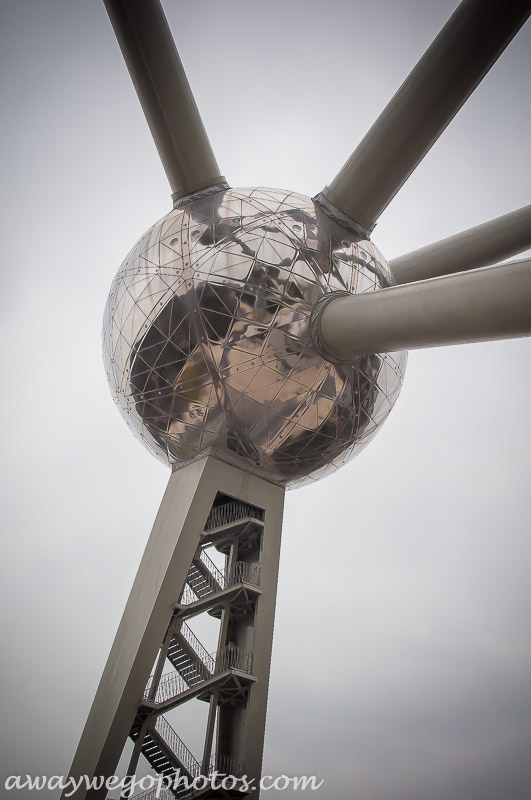
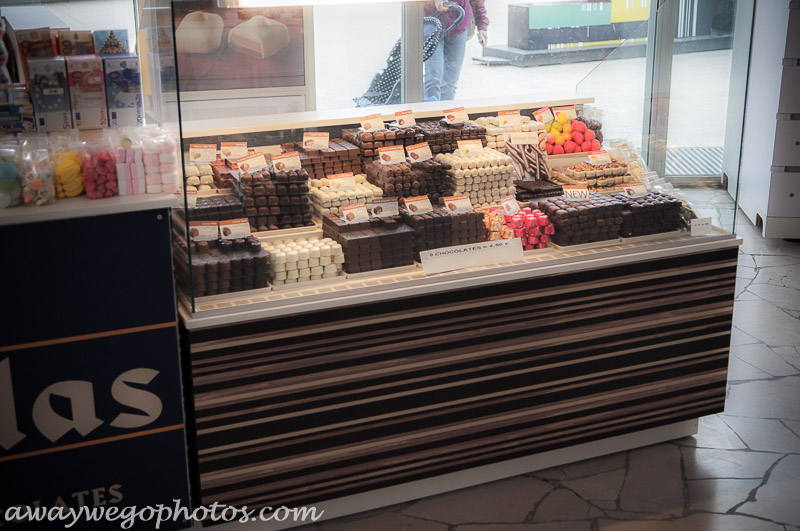
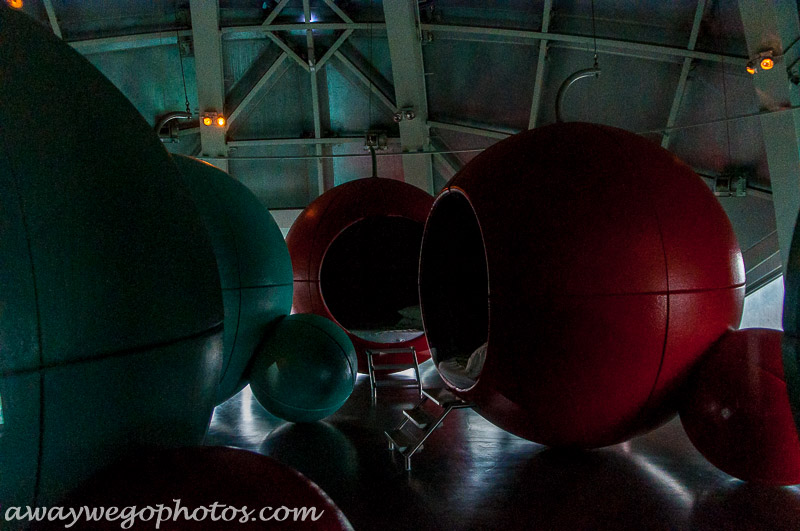
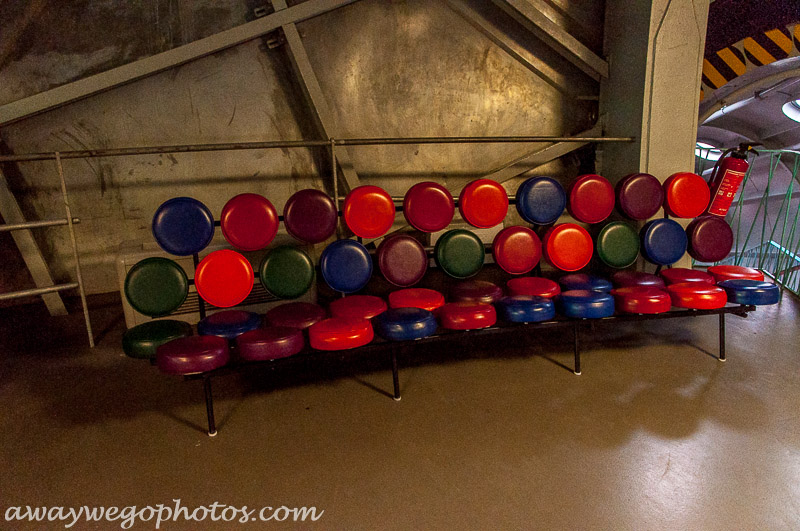
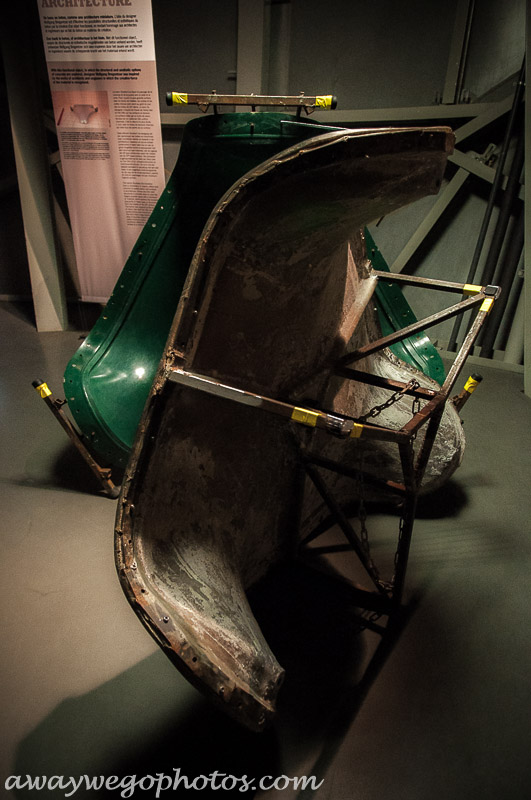
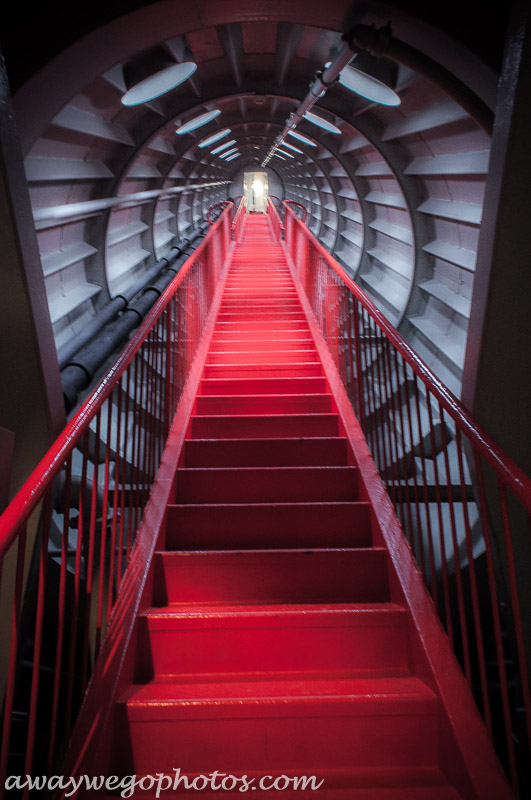
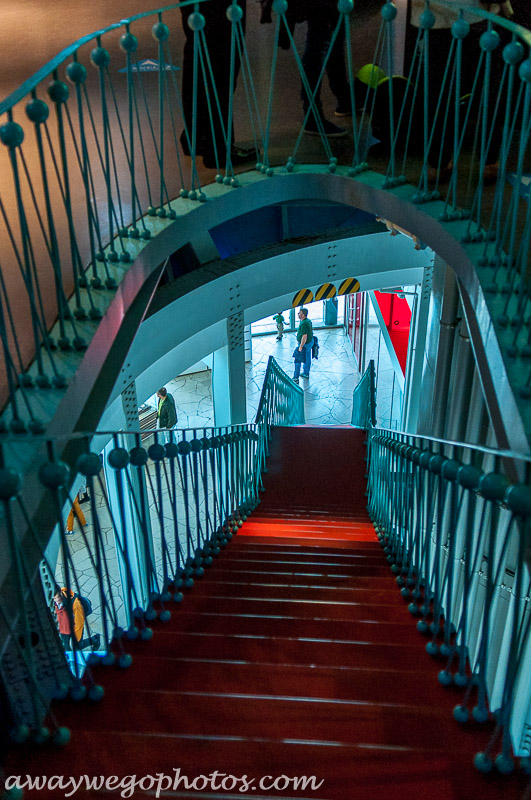
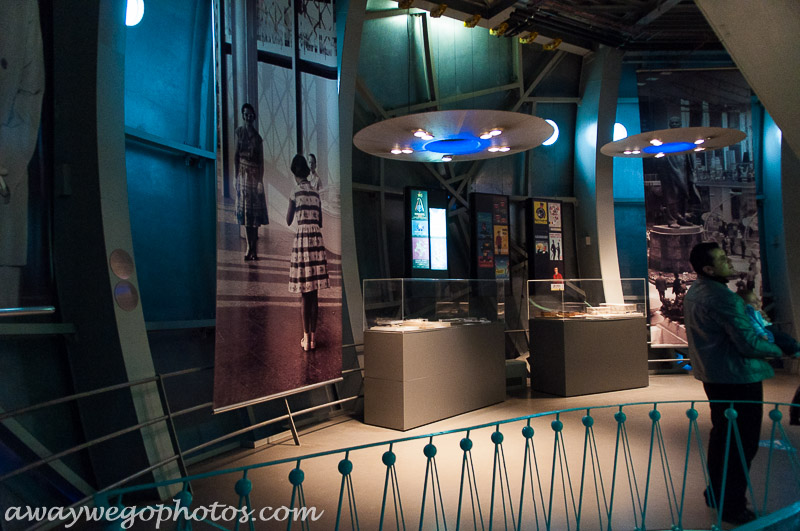
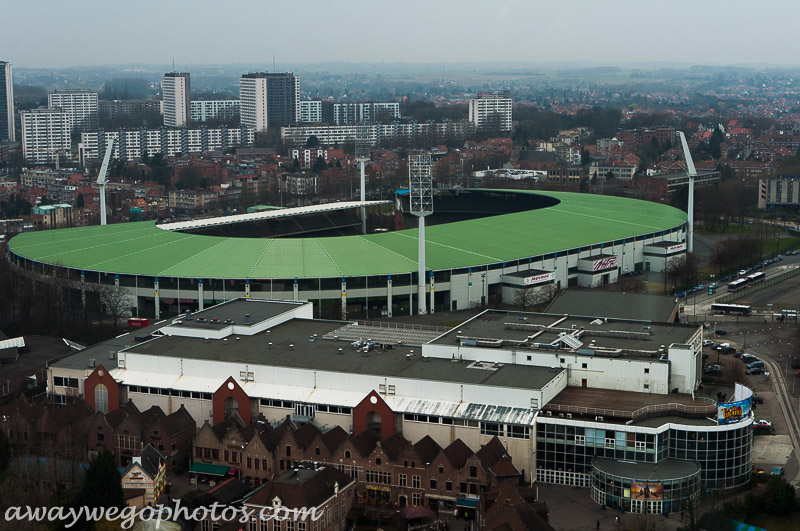
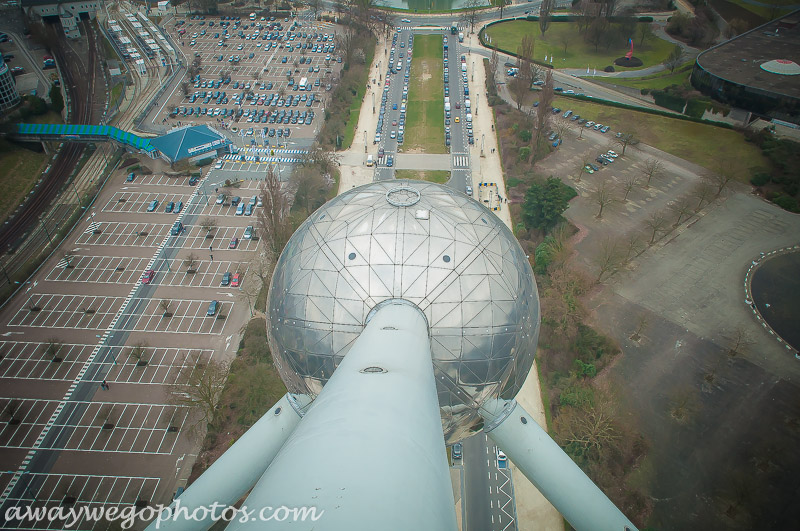
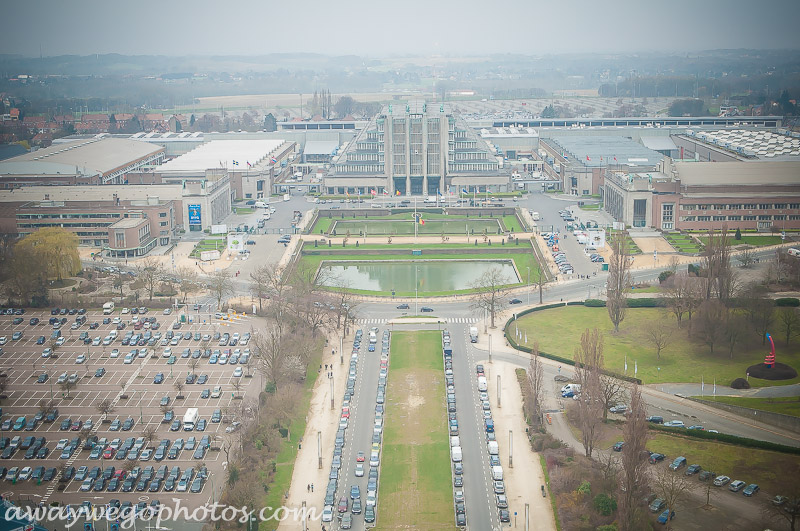
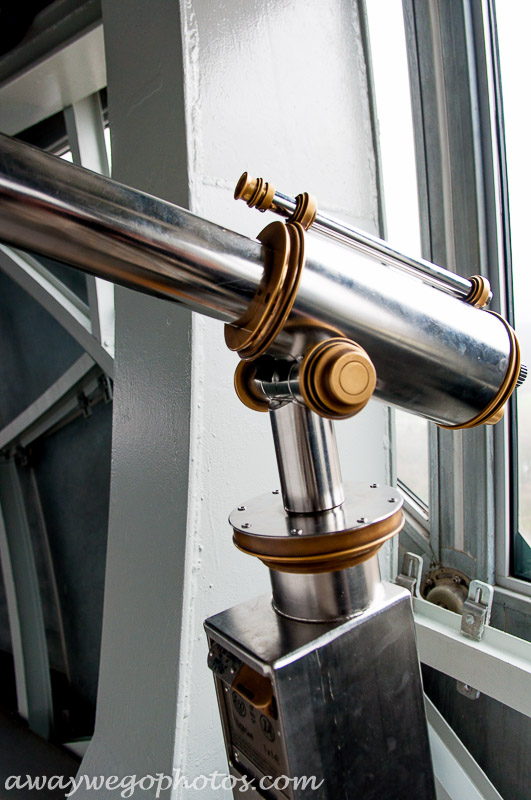
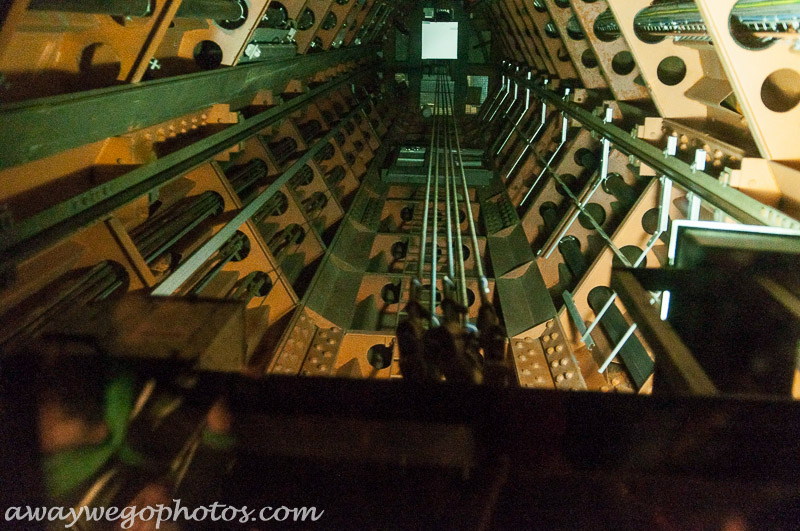
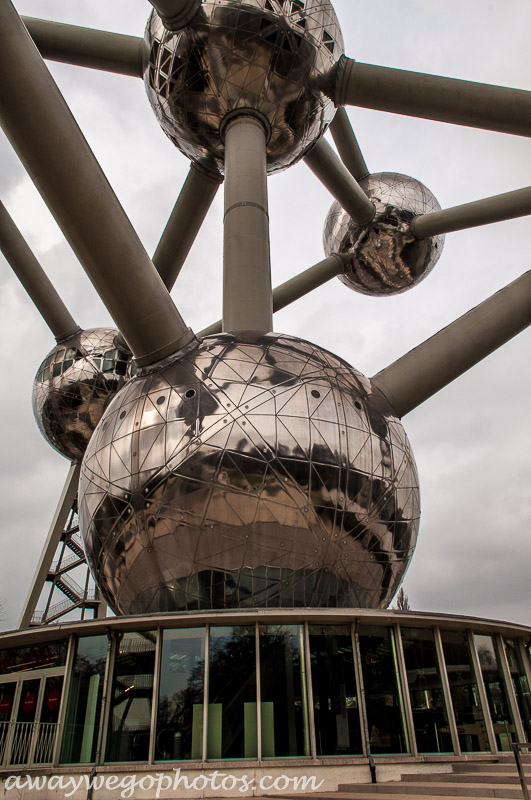
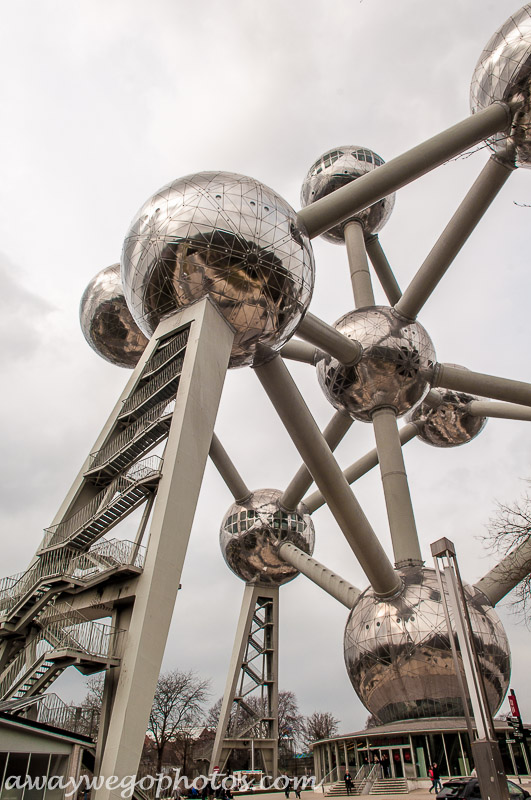
Brussels Chocolate Museum
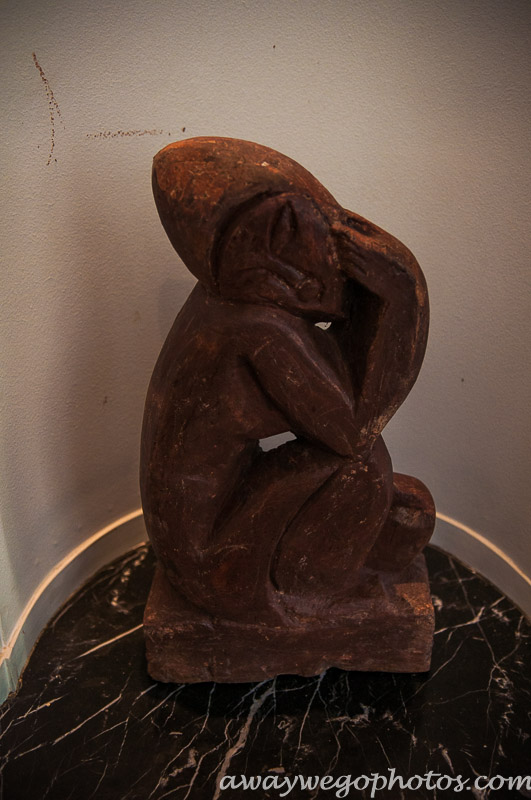
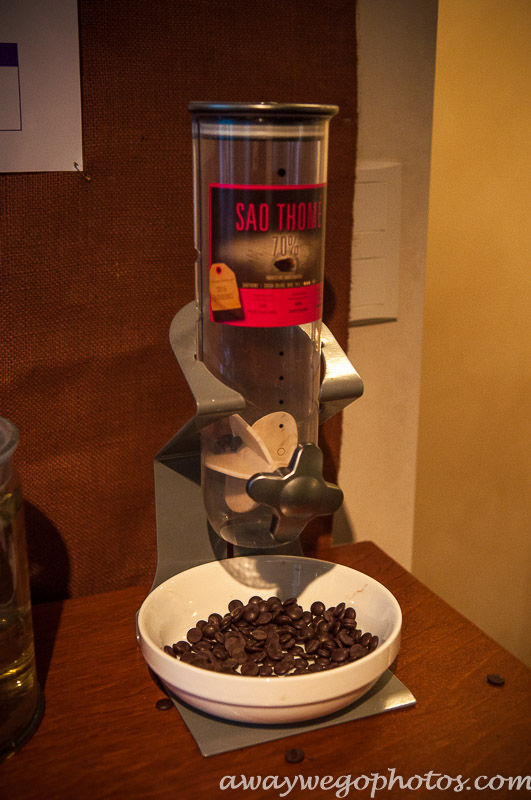
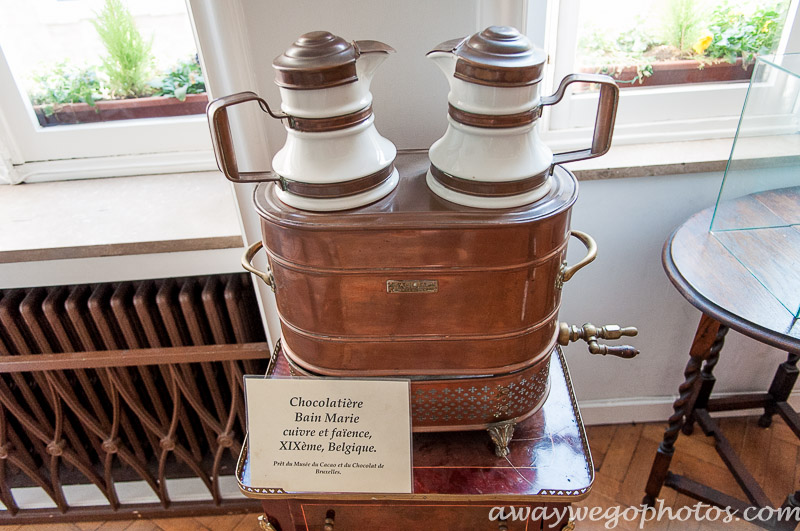
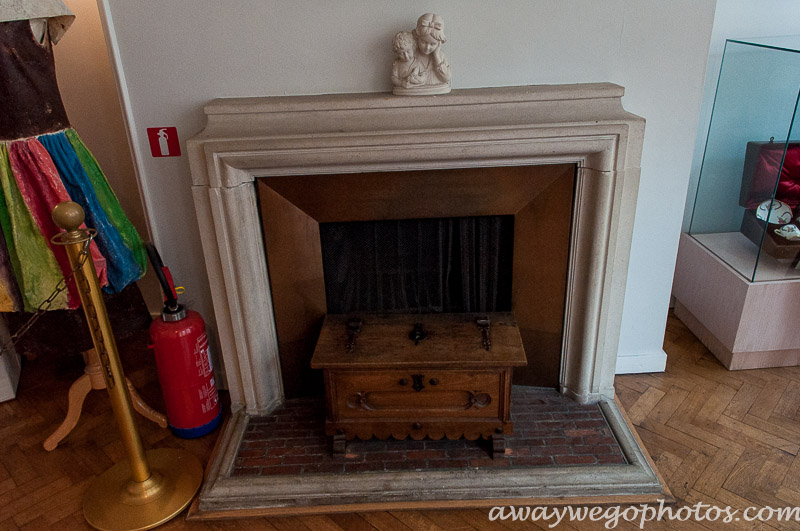
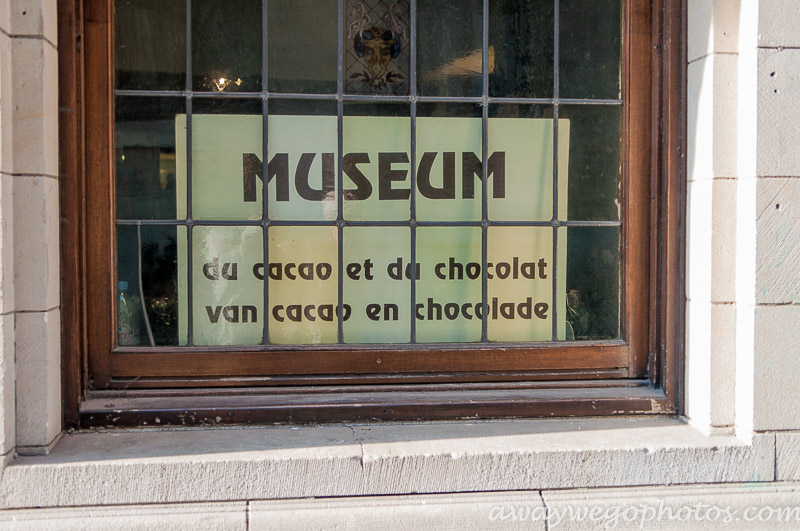
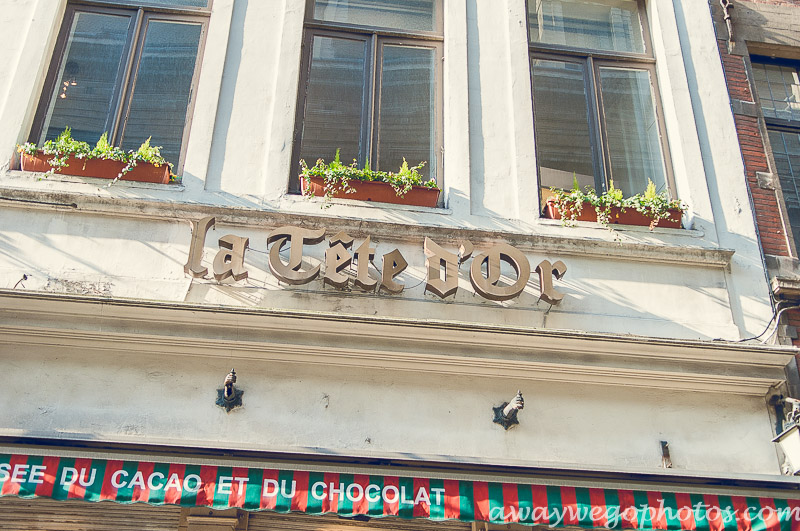
Brussels
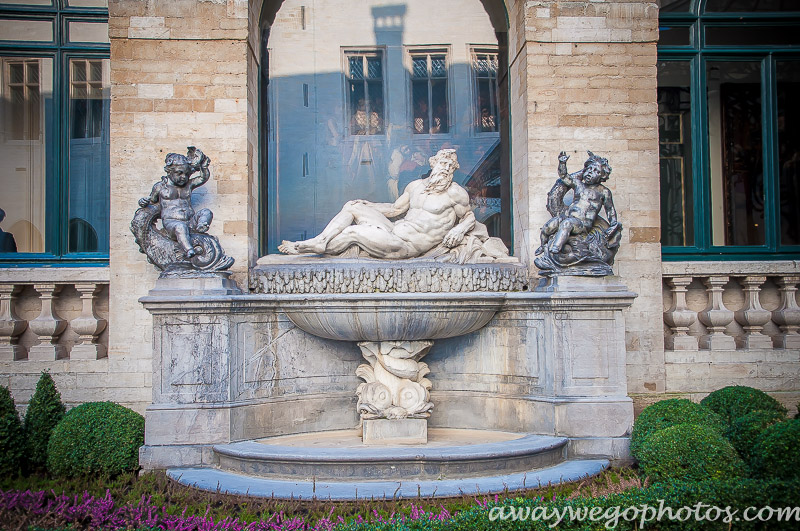
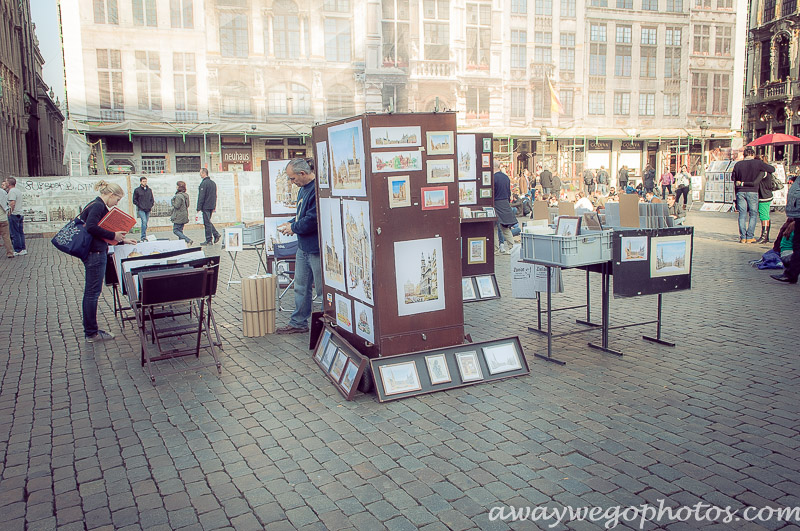
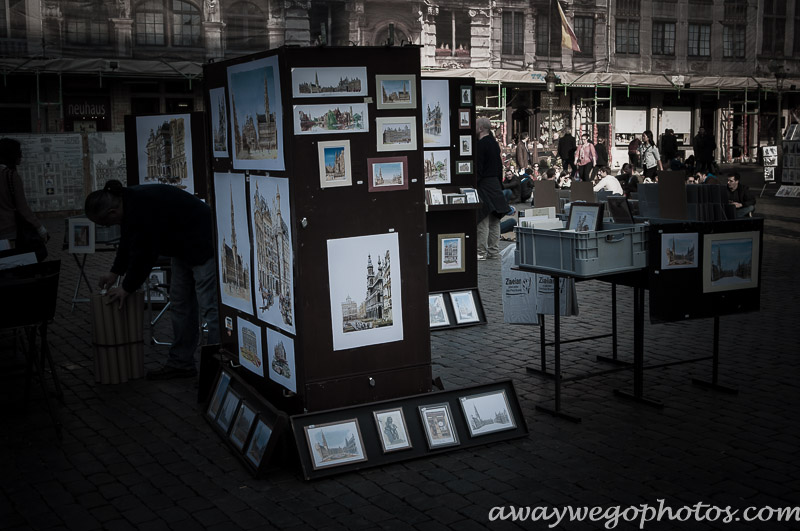
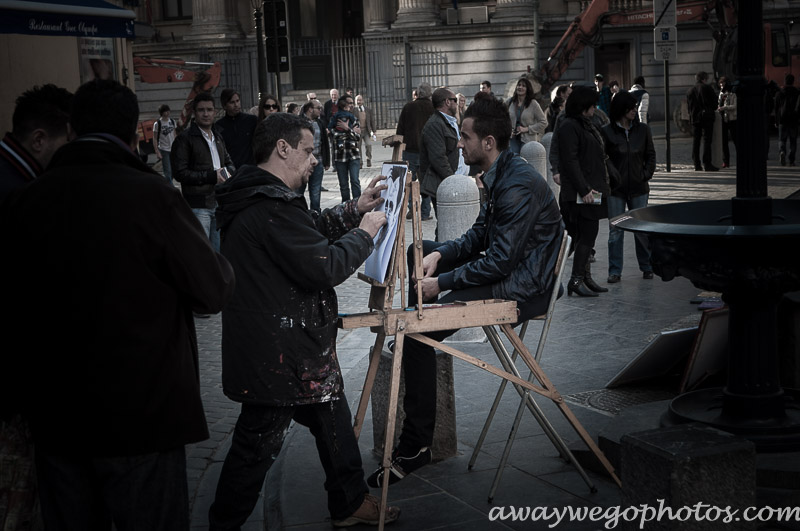
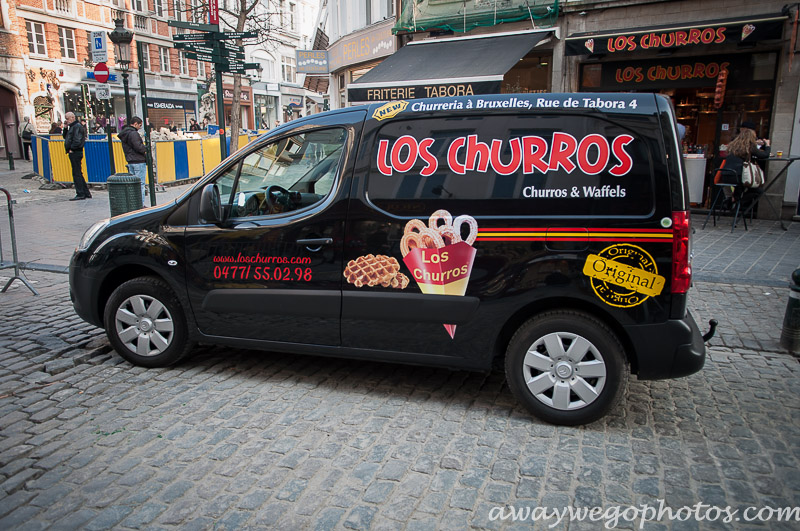
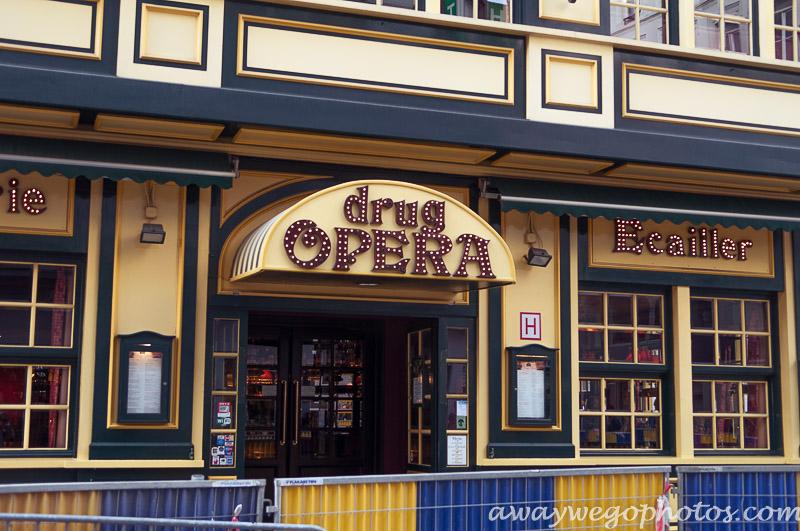
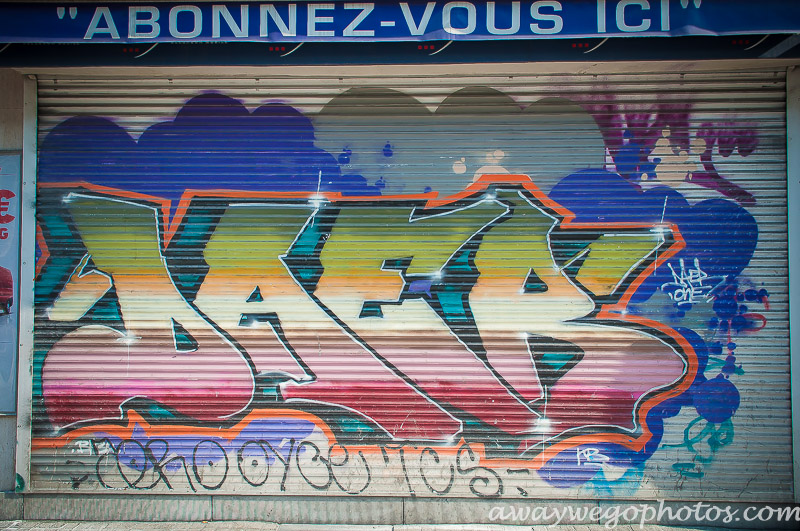
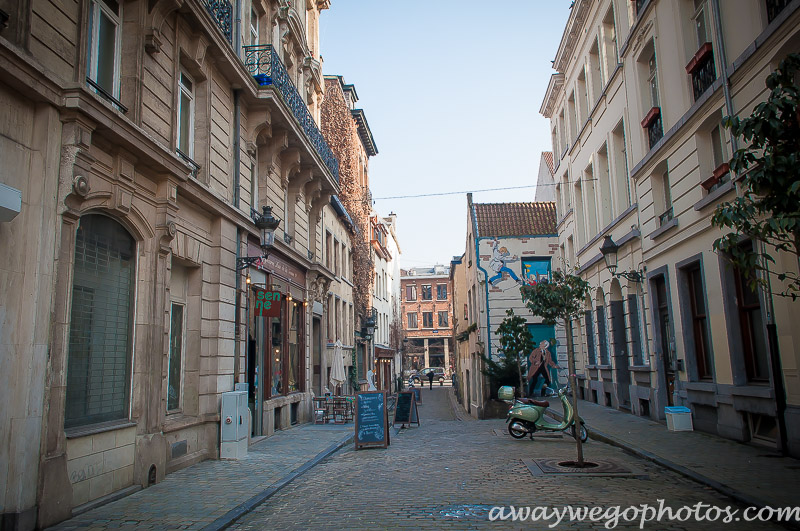
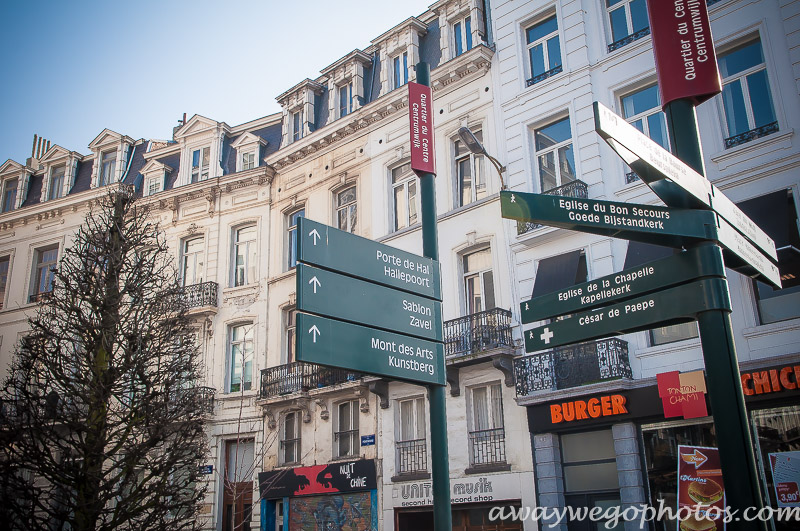
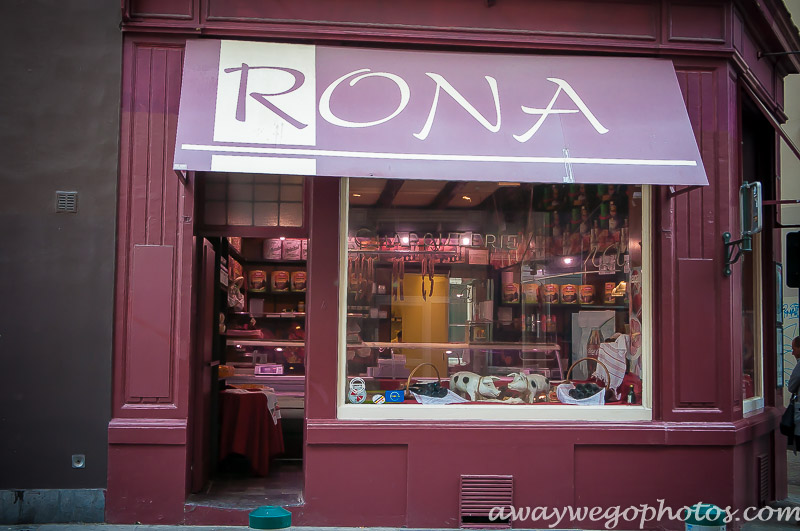
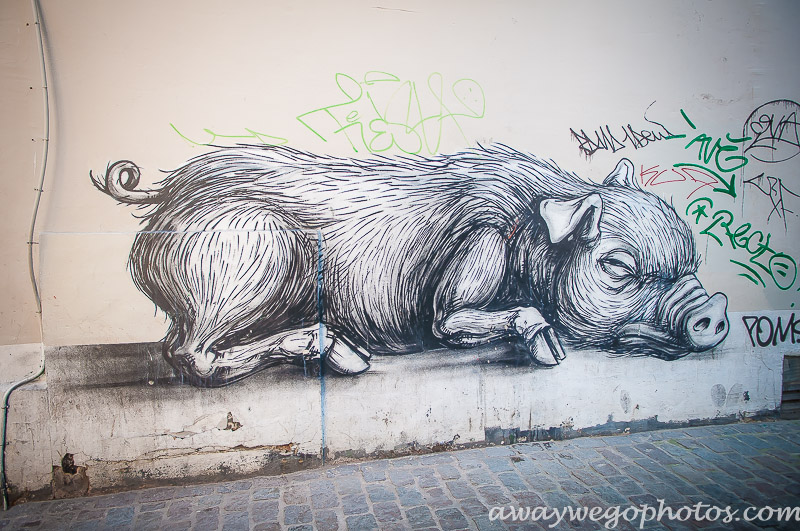
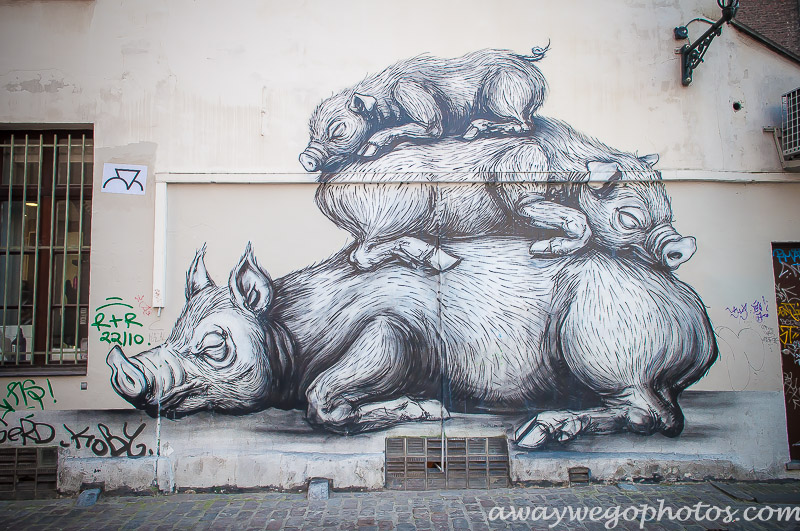
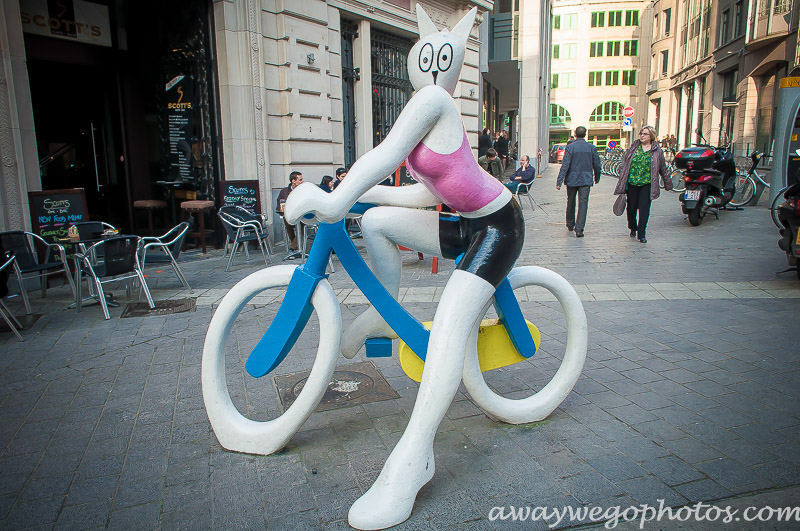
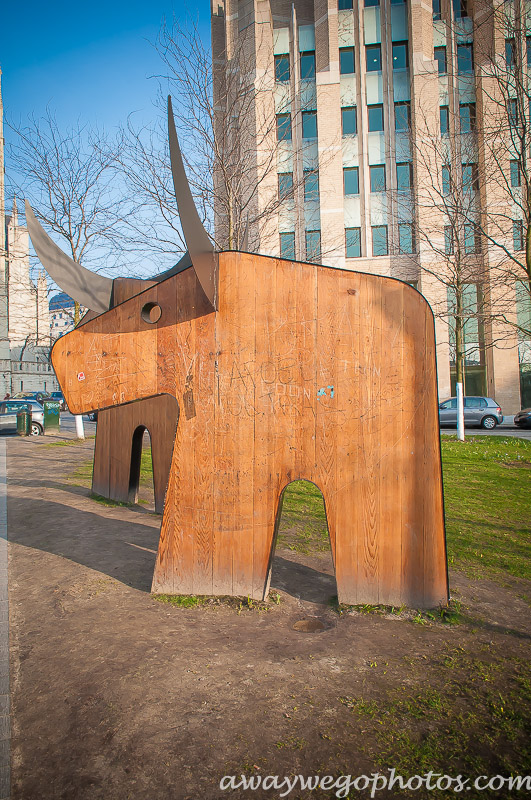
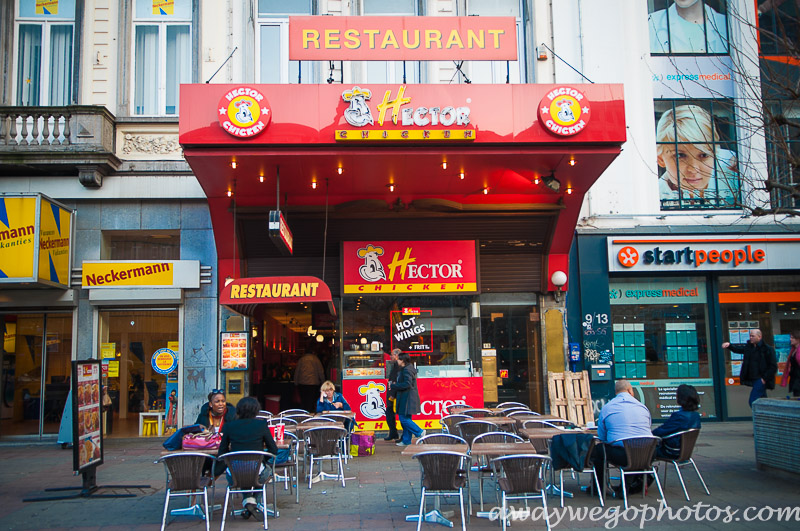
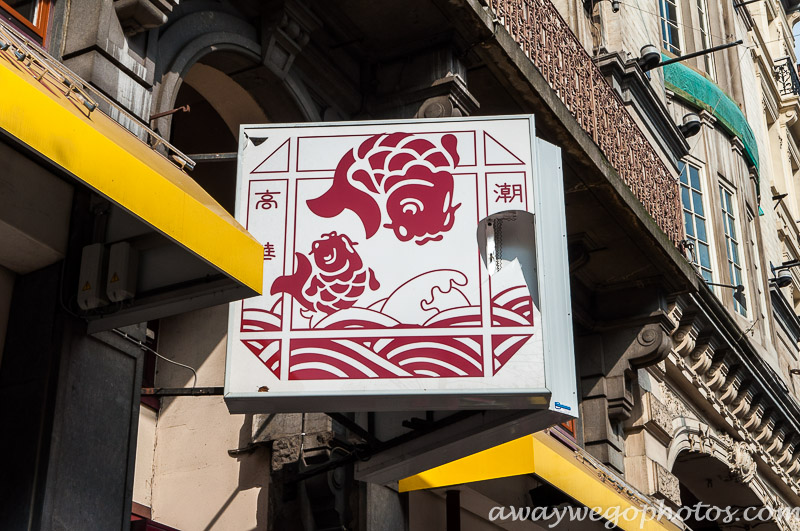
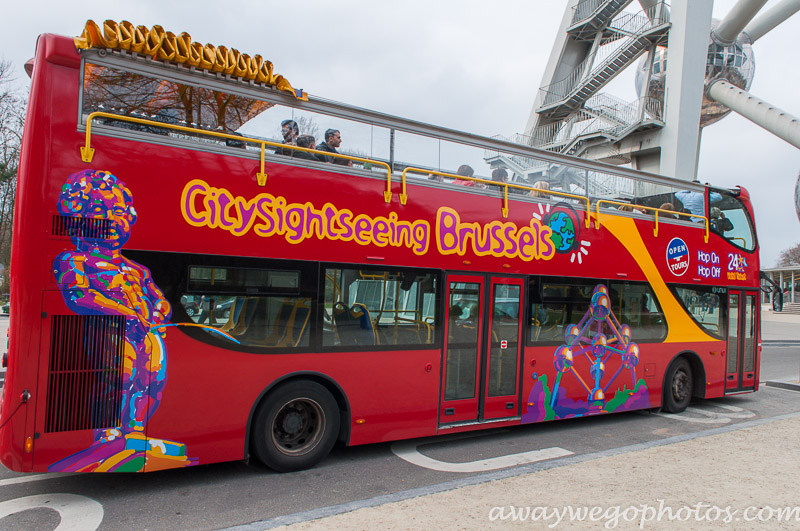
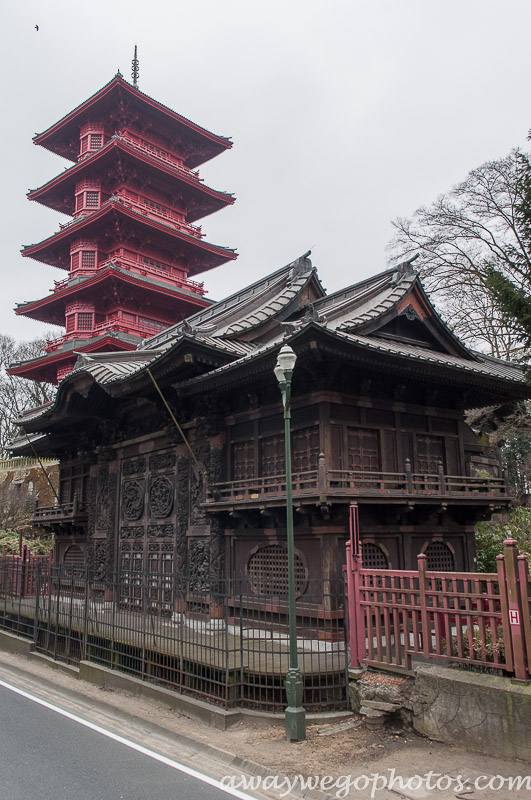
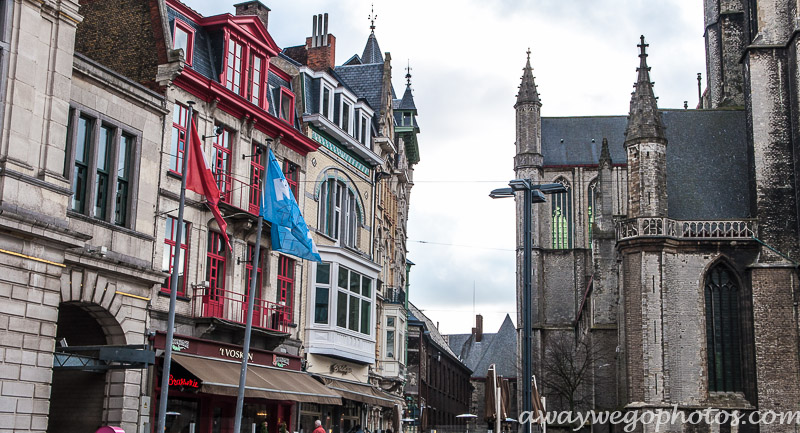
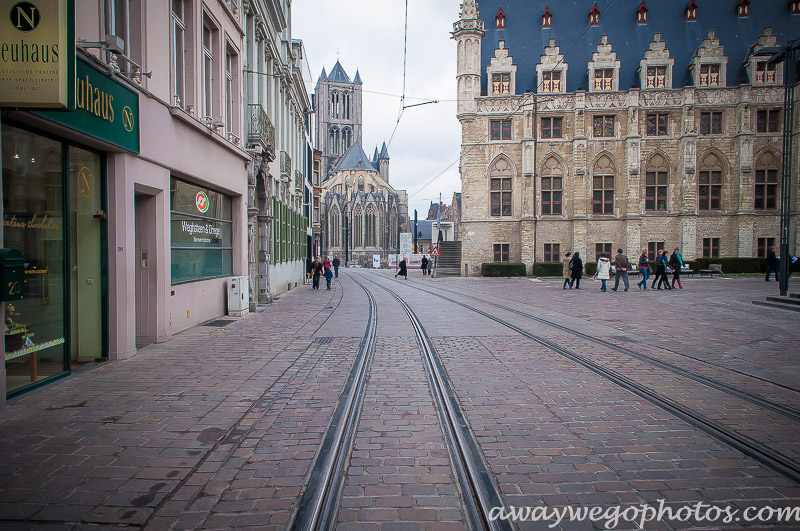
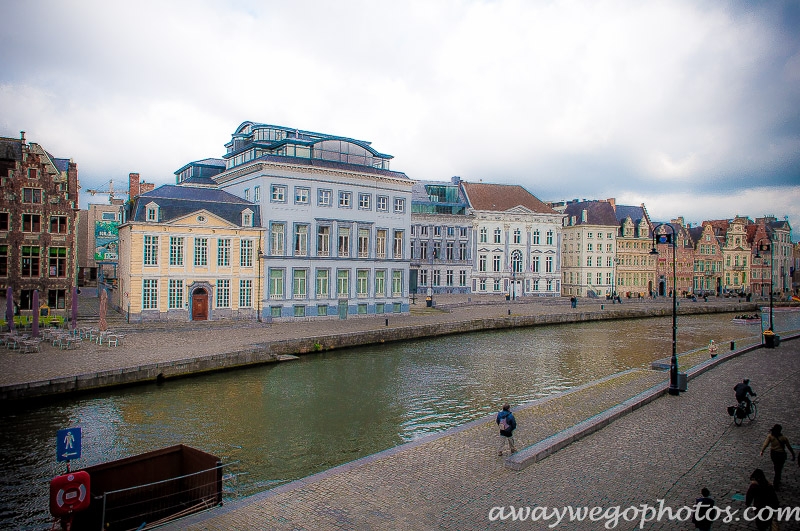
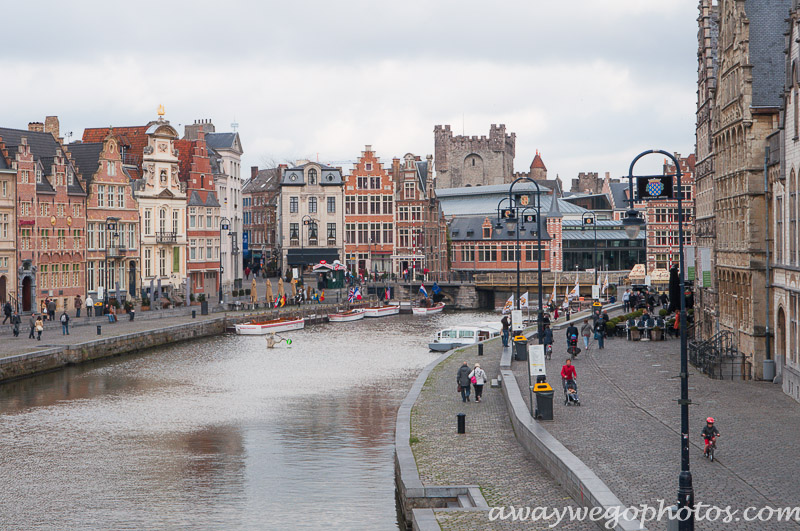
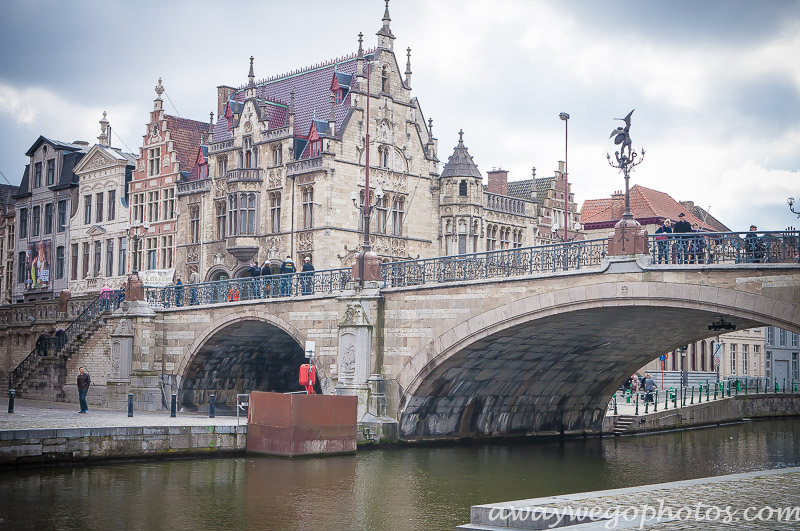
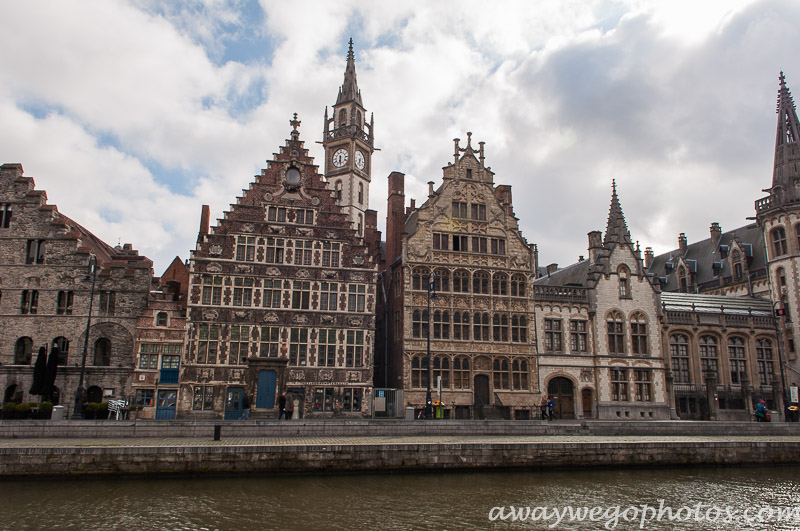
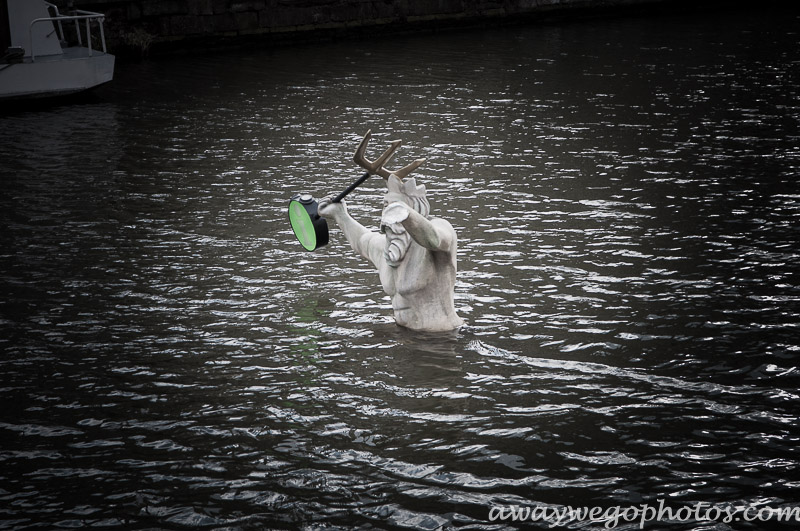
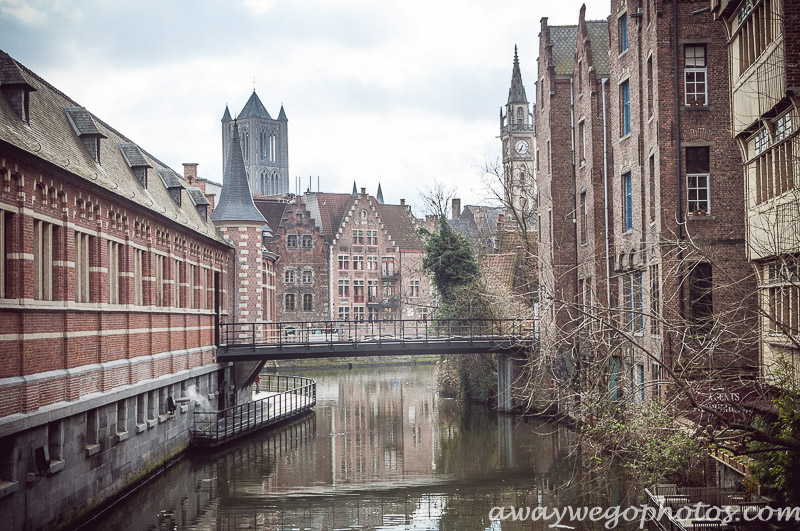
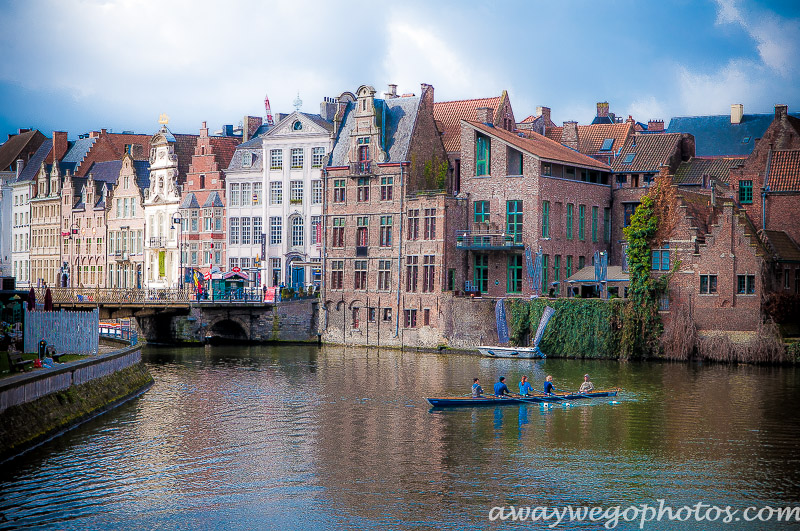
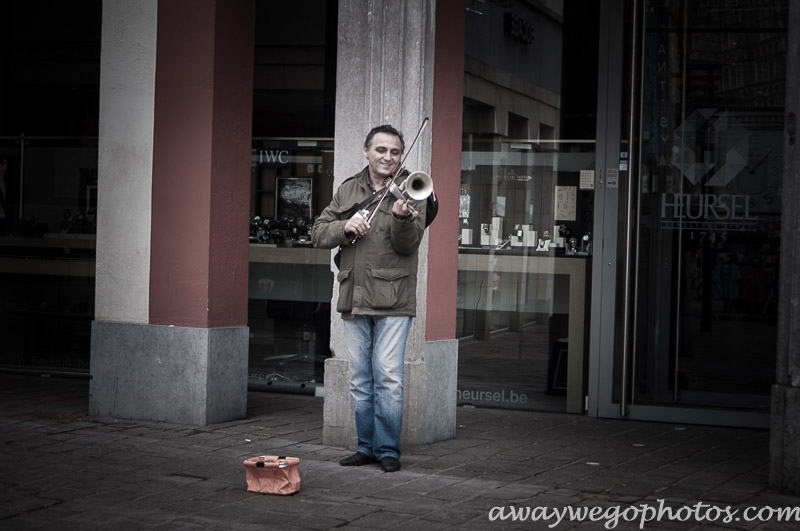
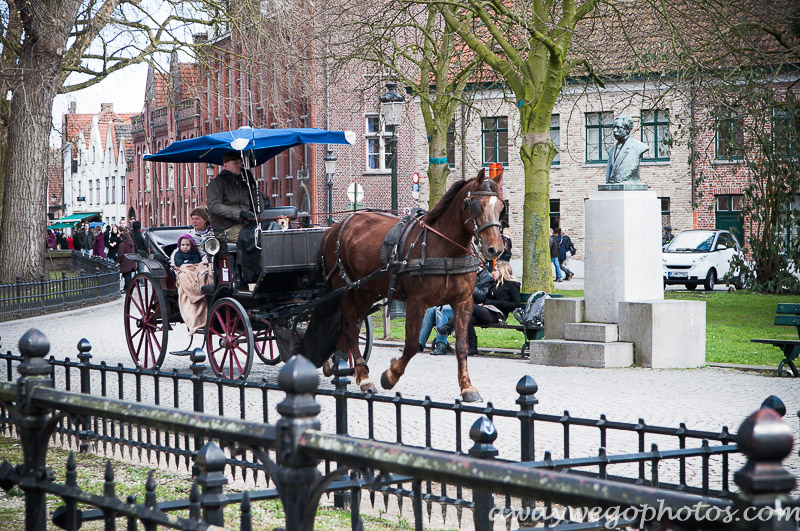
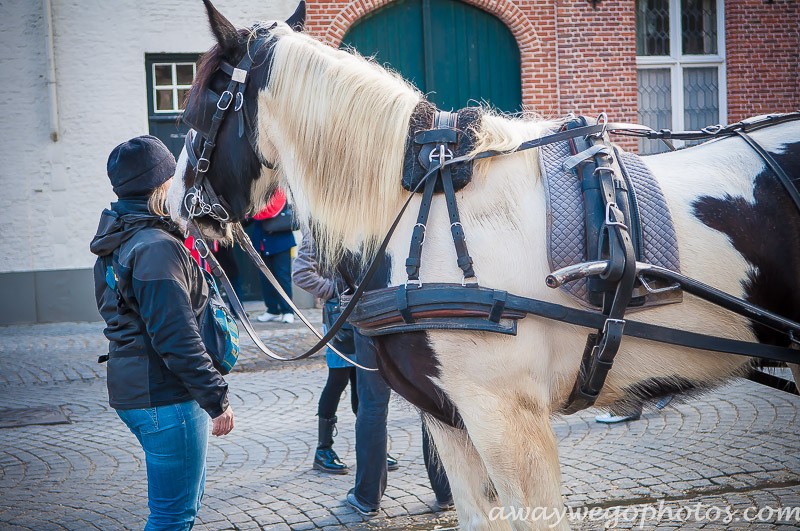
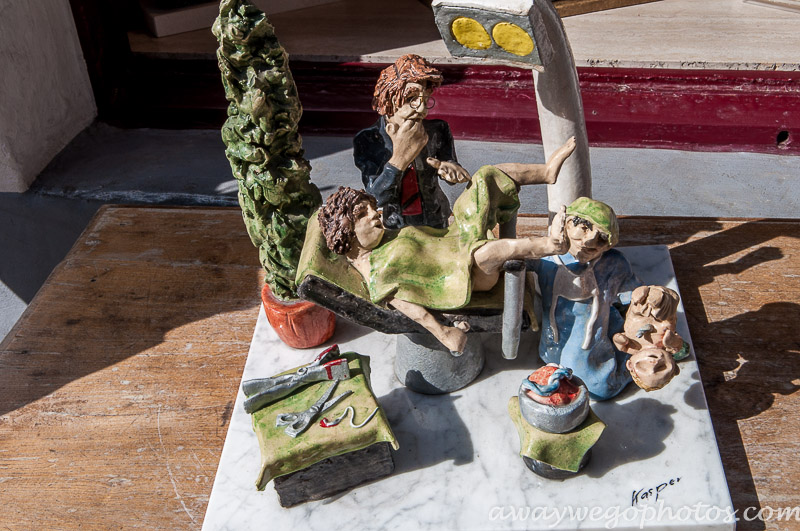
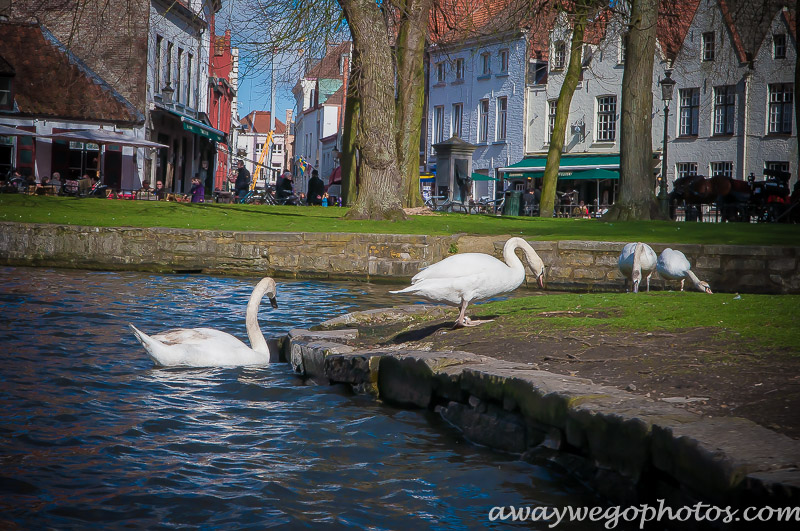
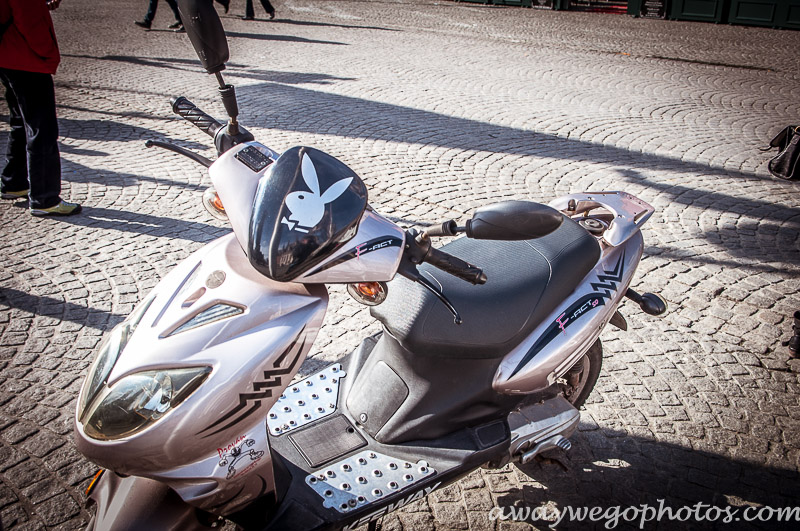
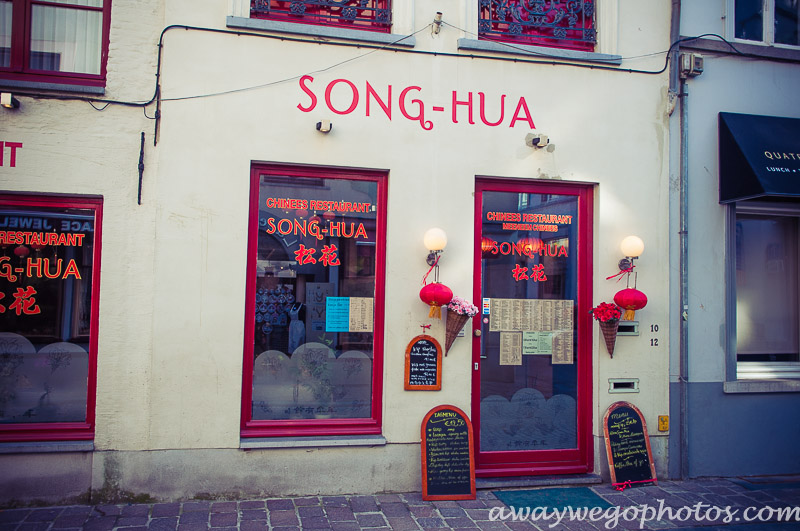
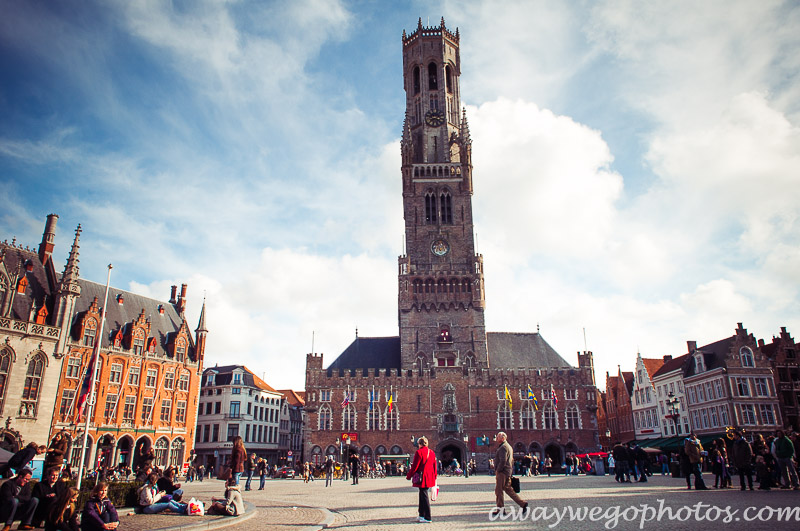
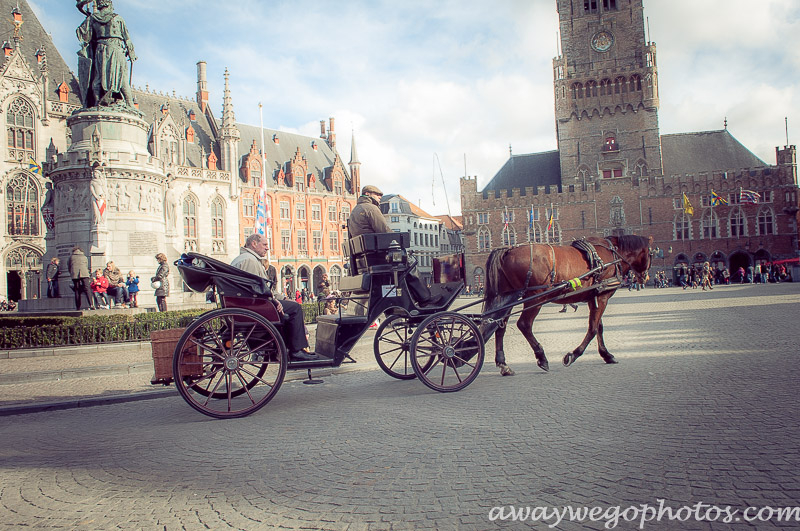
Like this Post? Save it on Pinterest!
